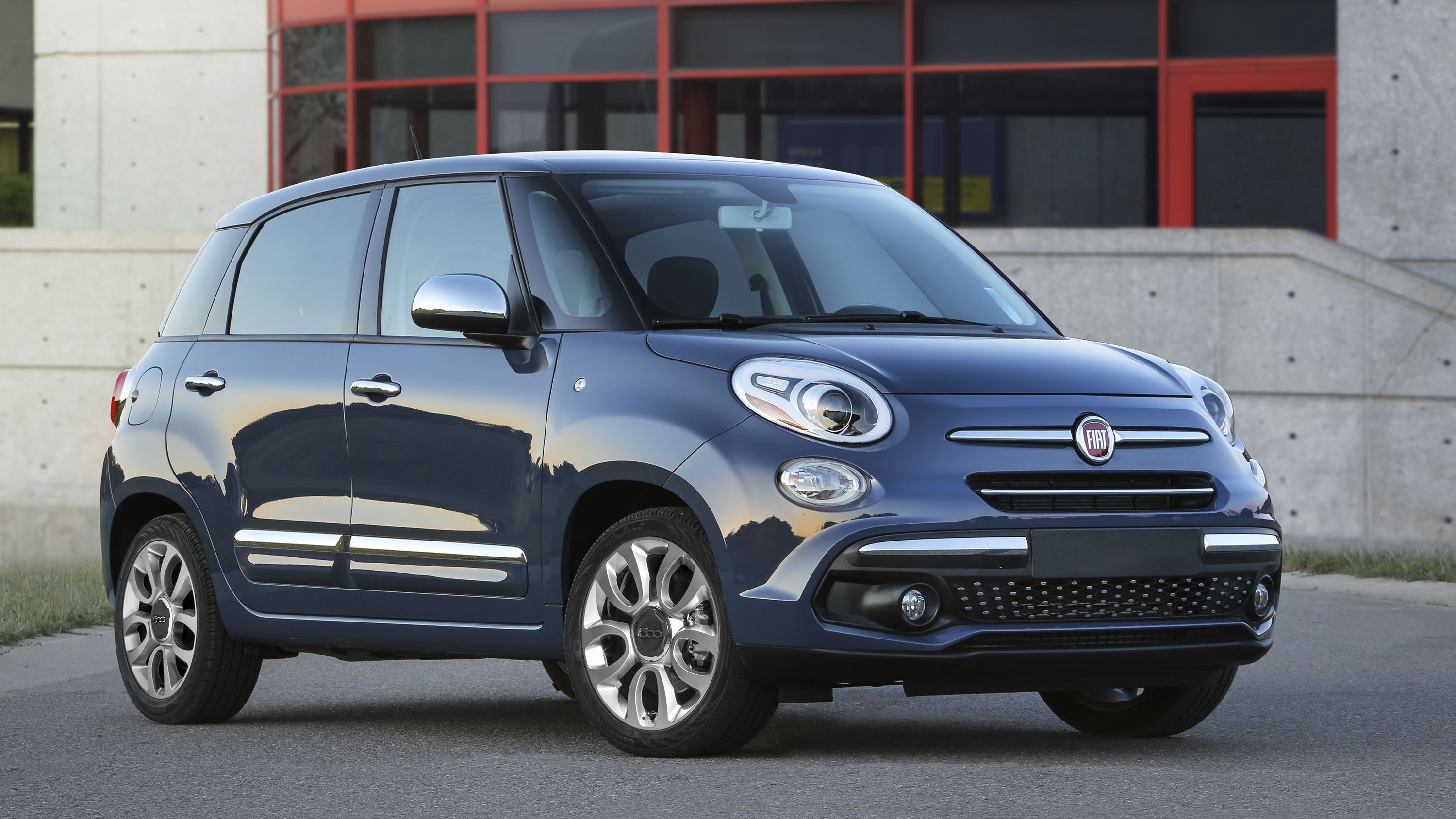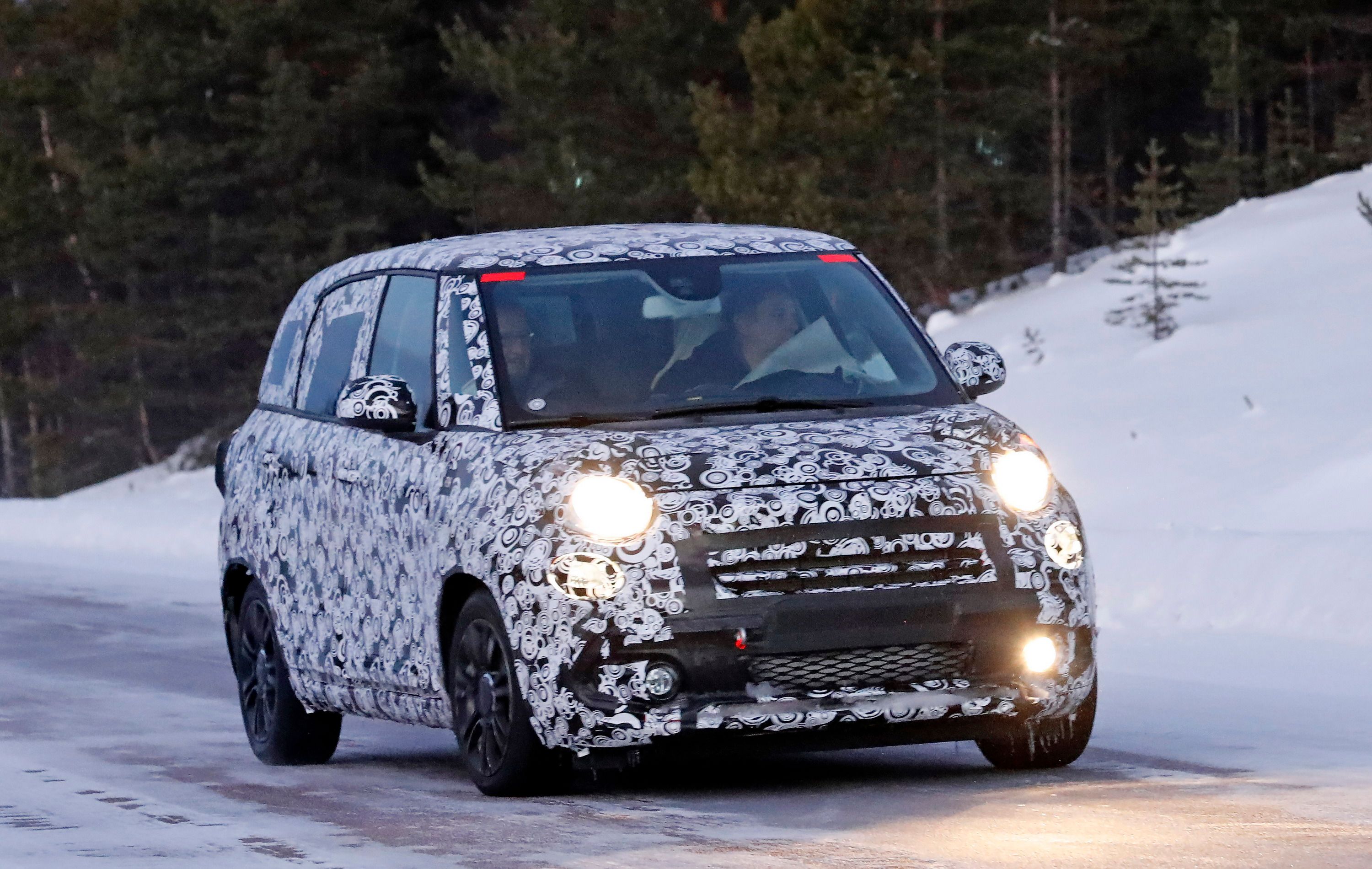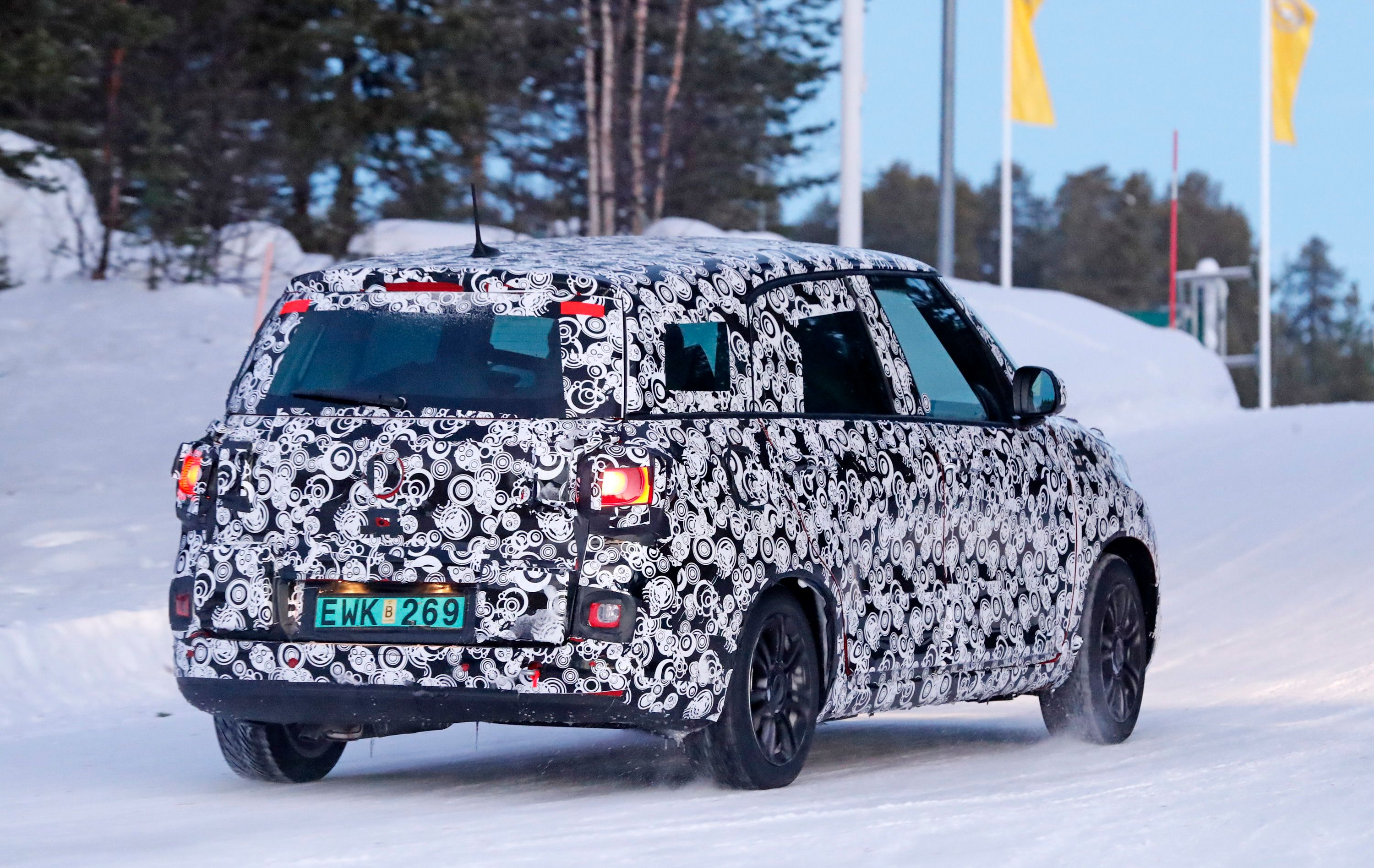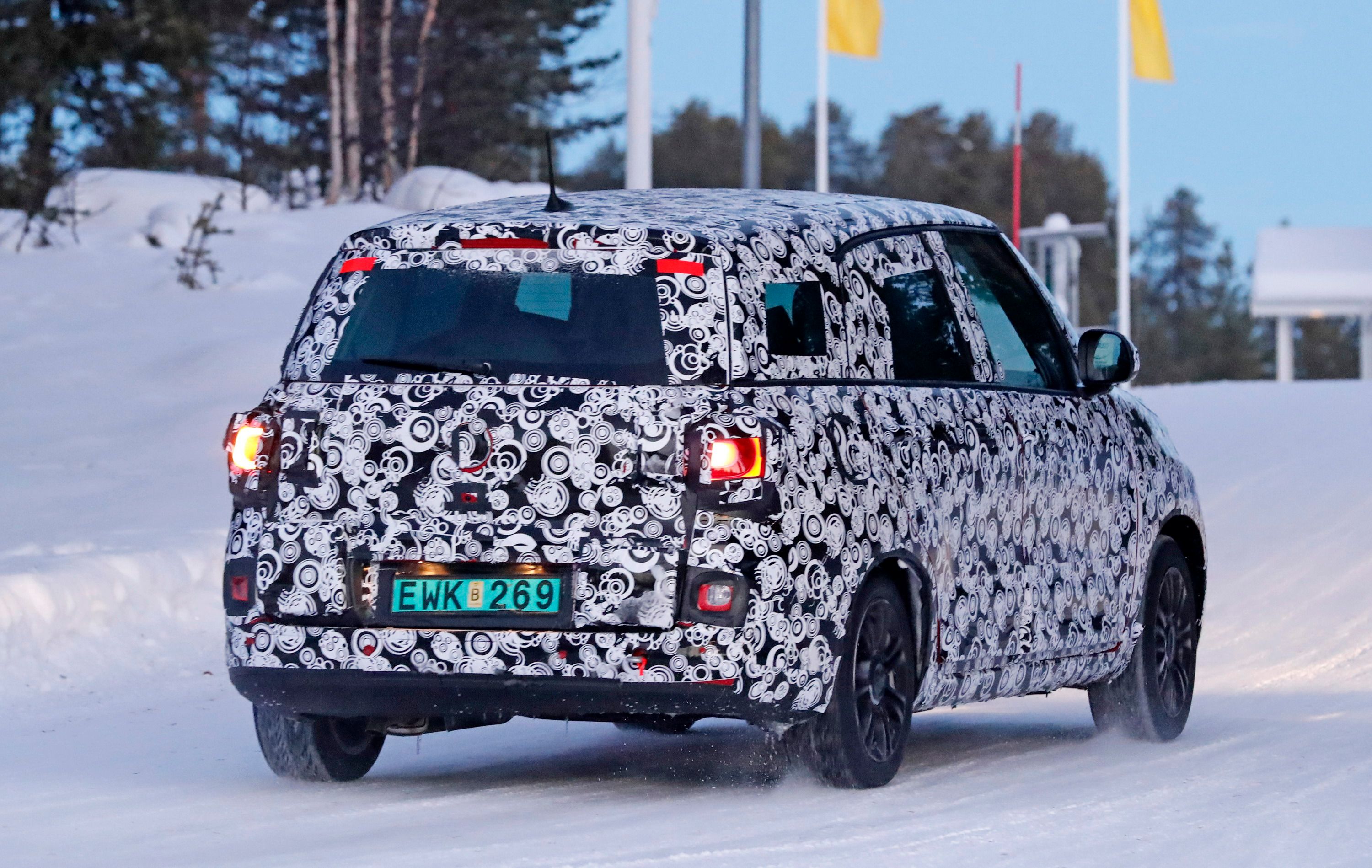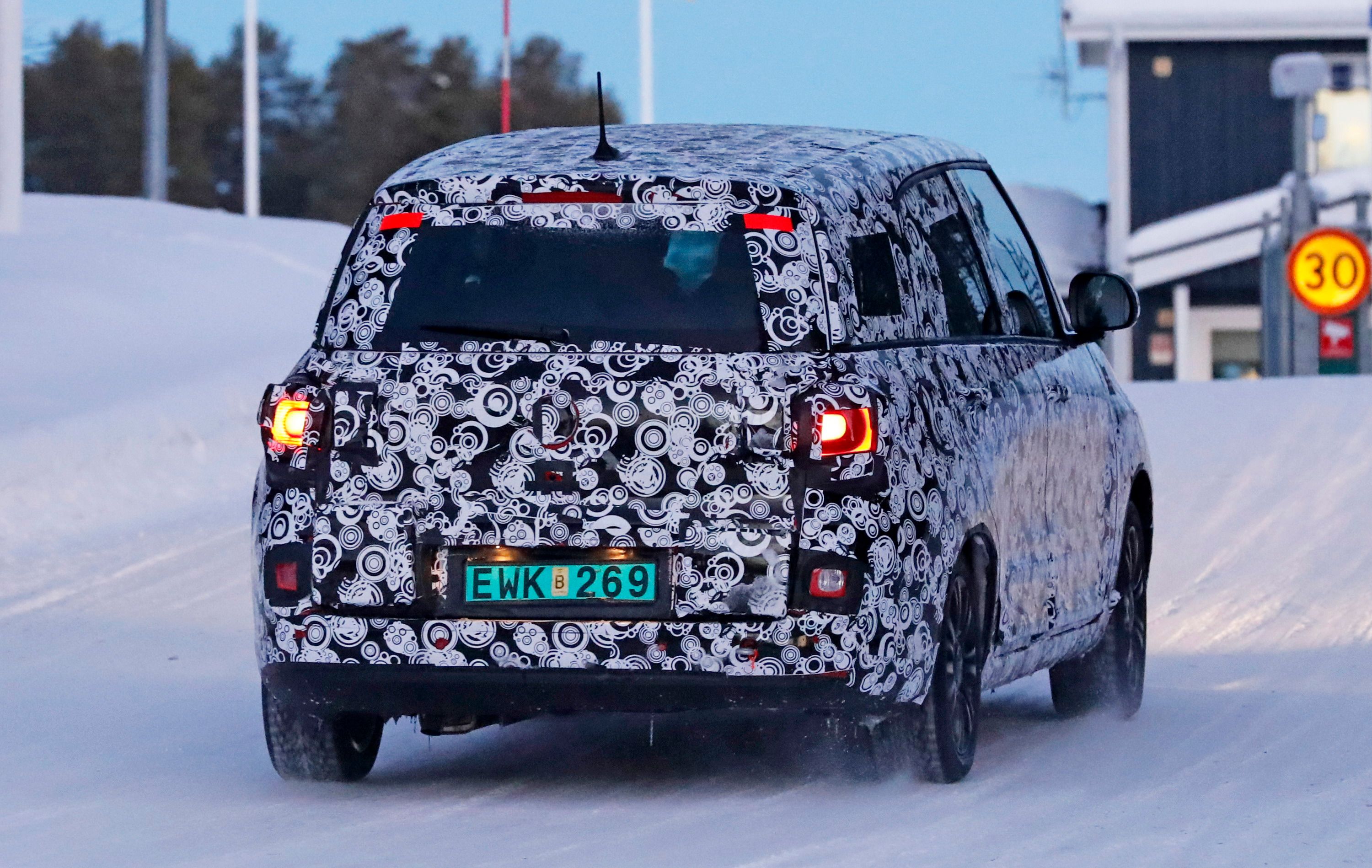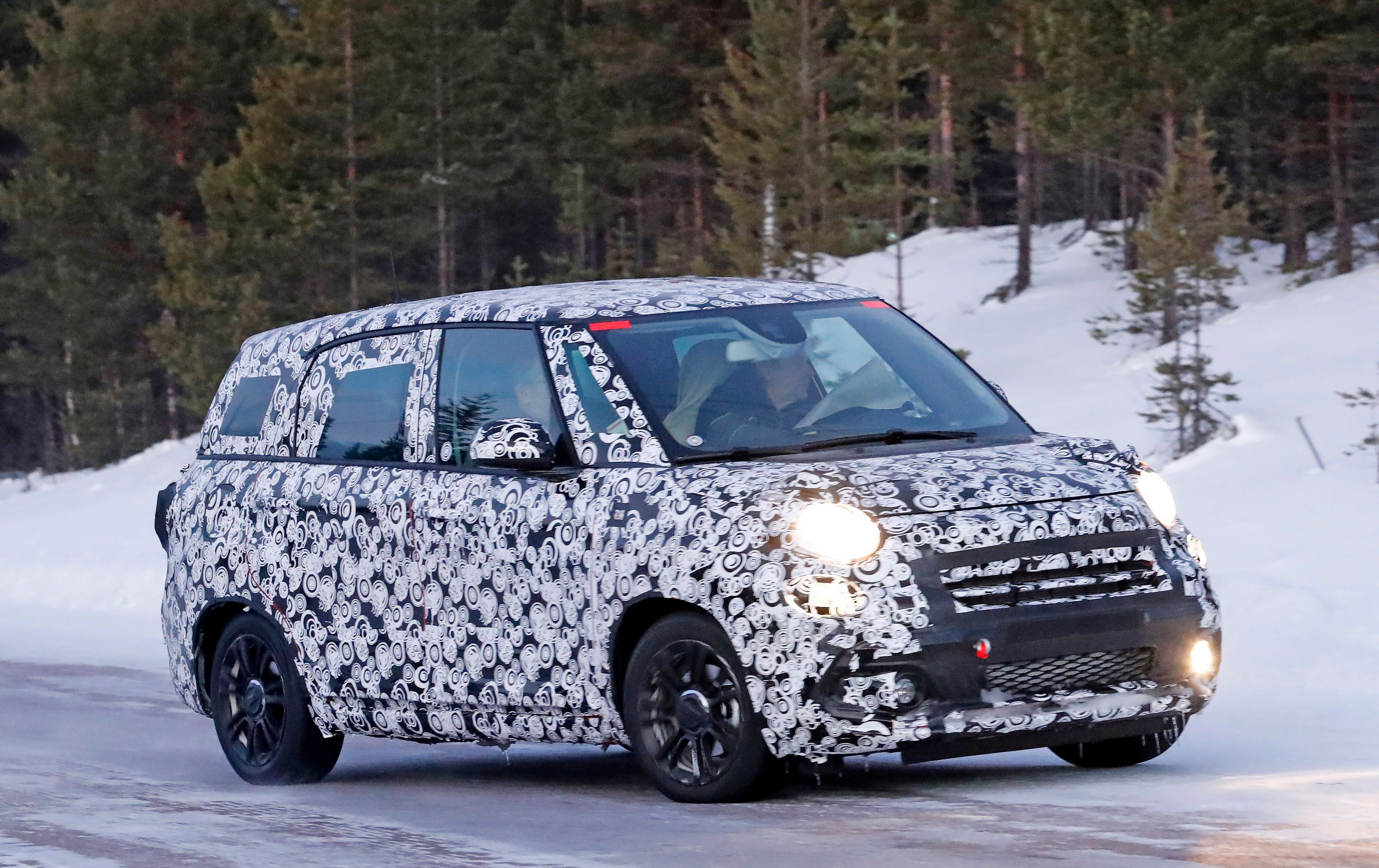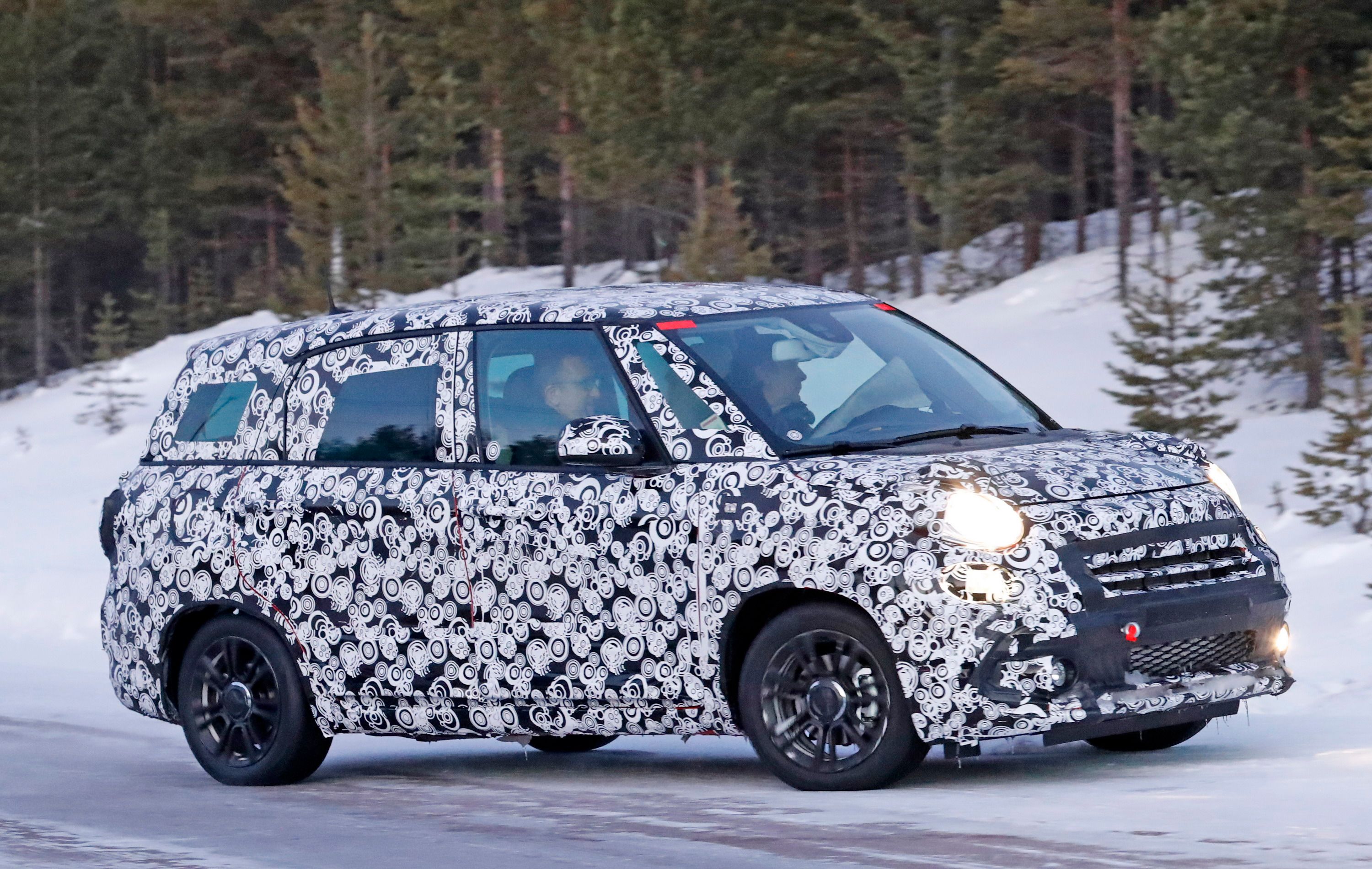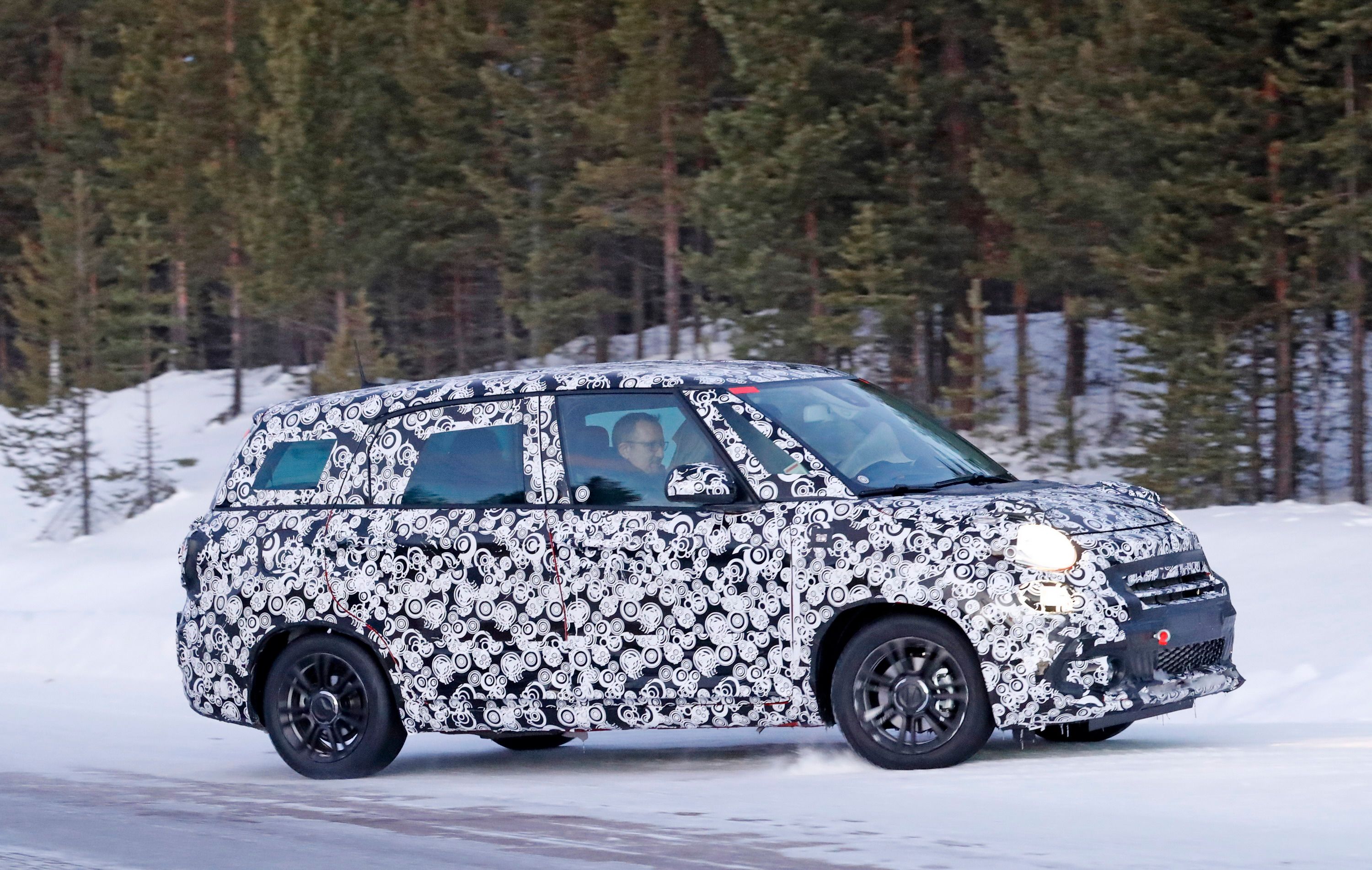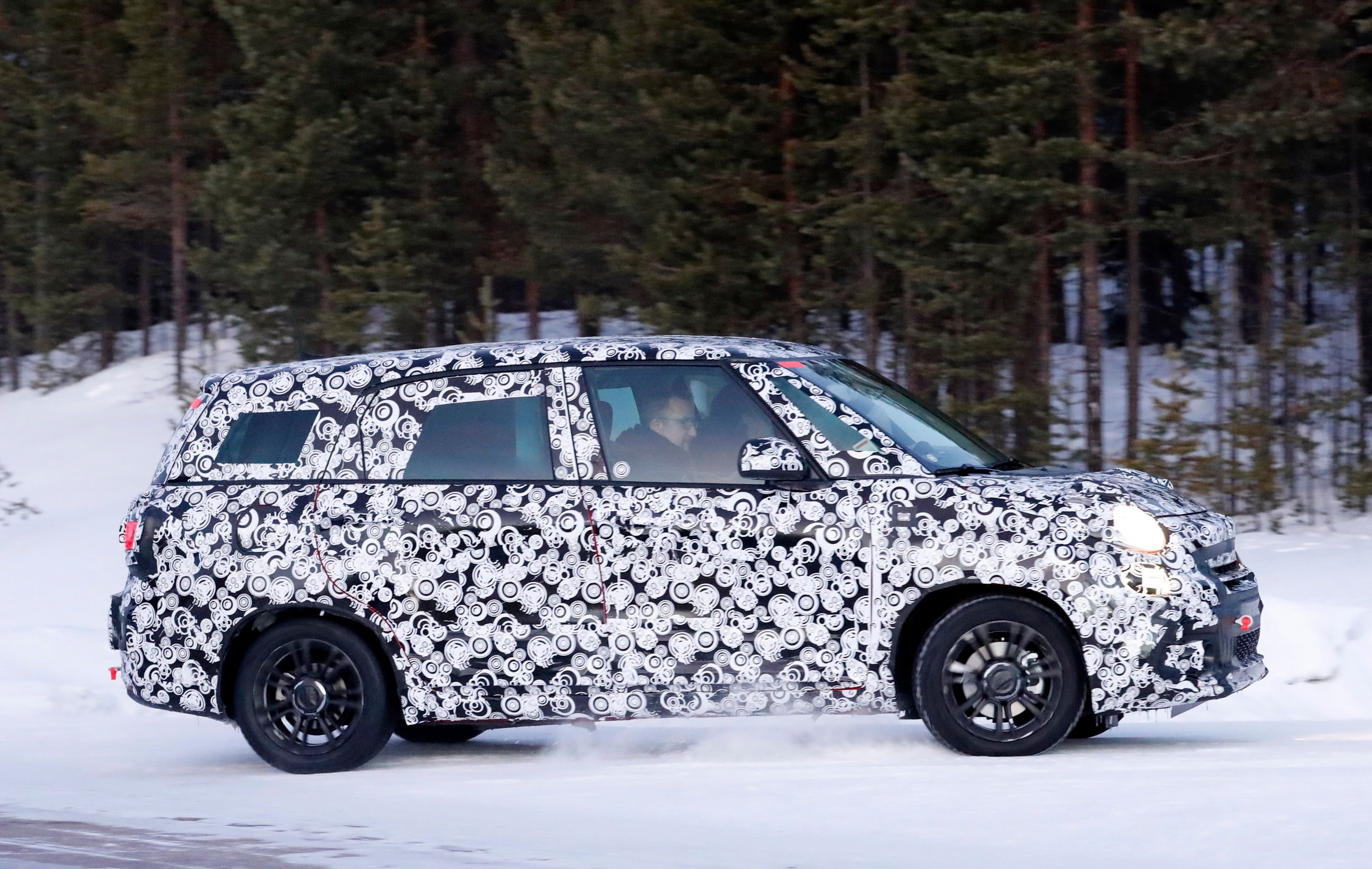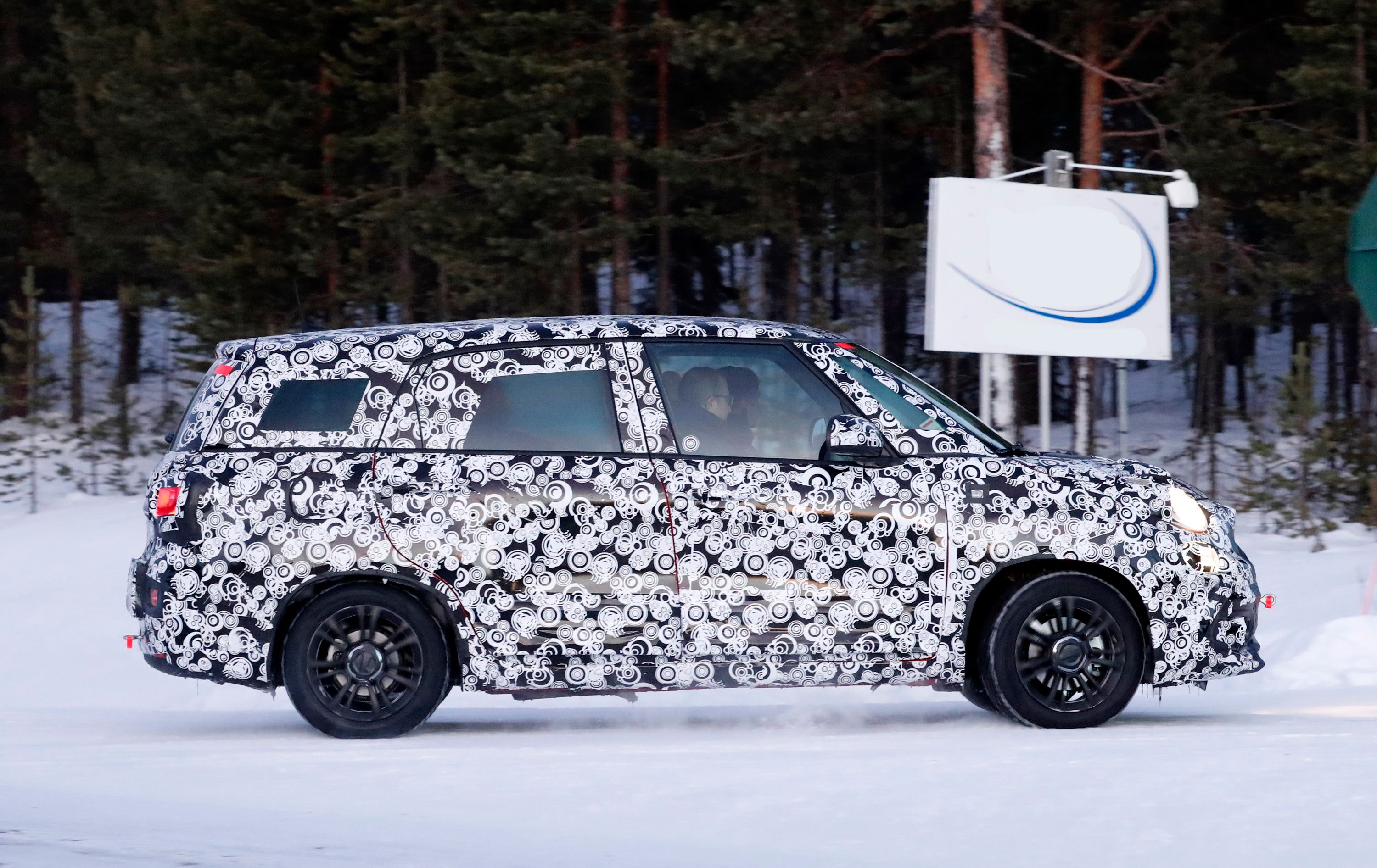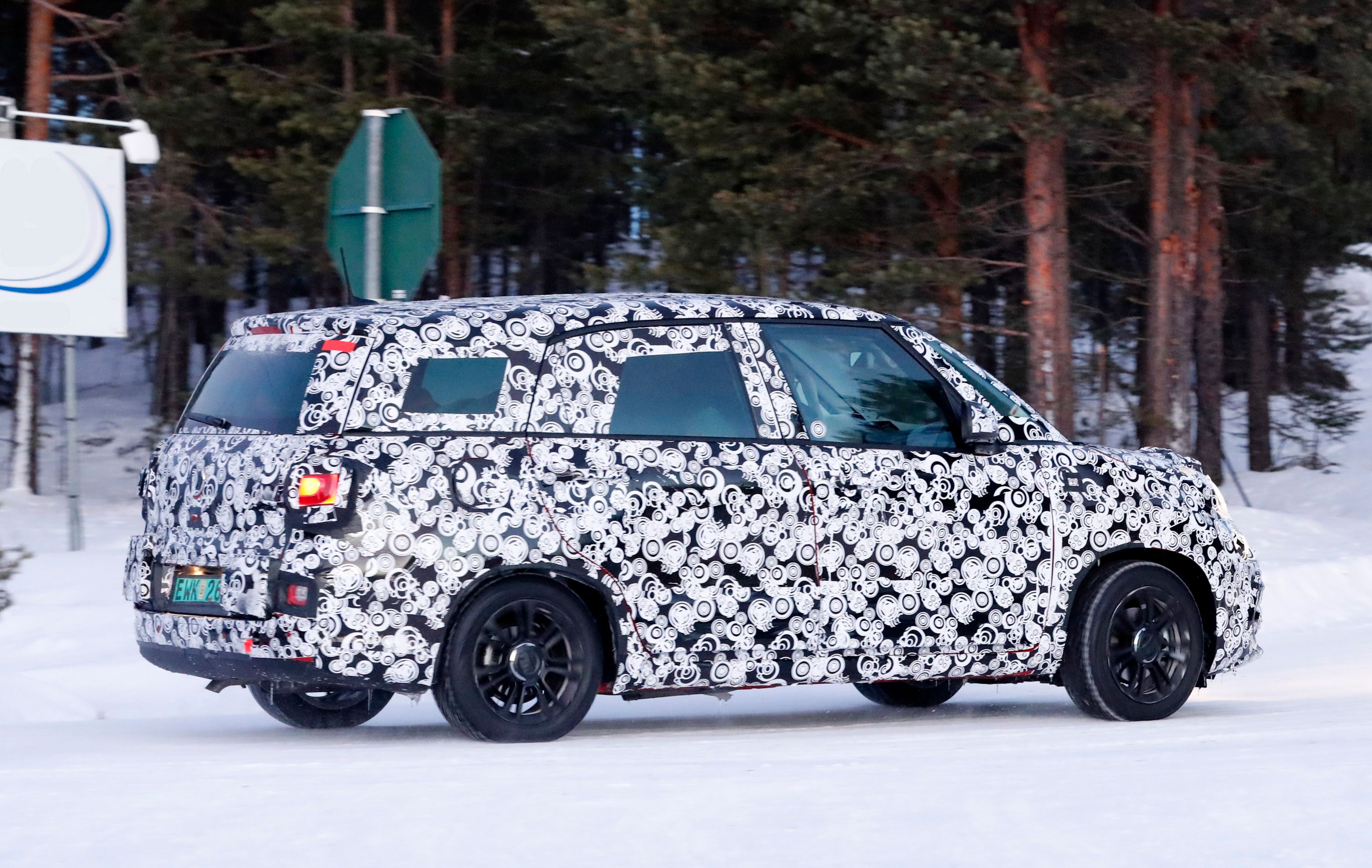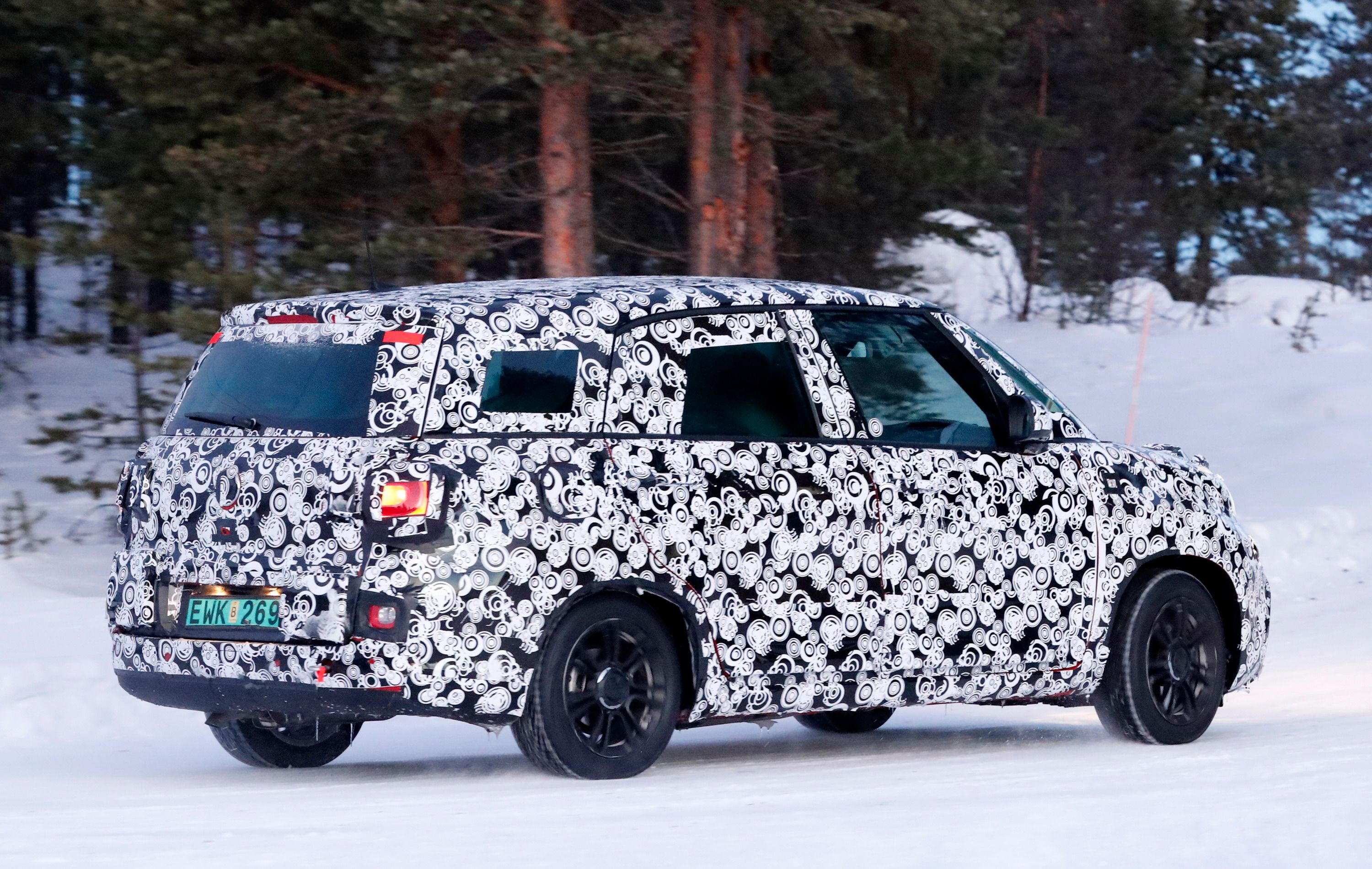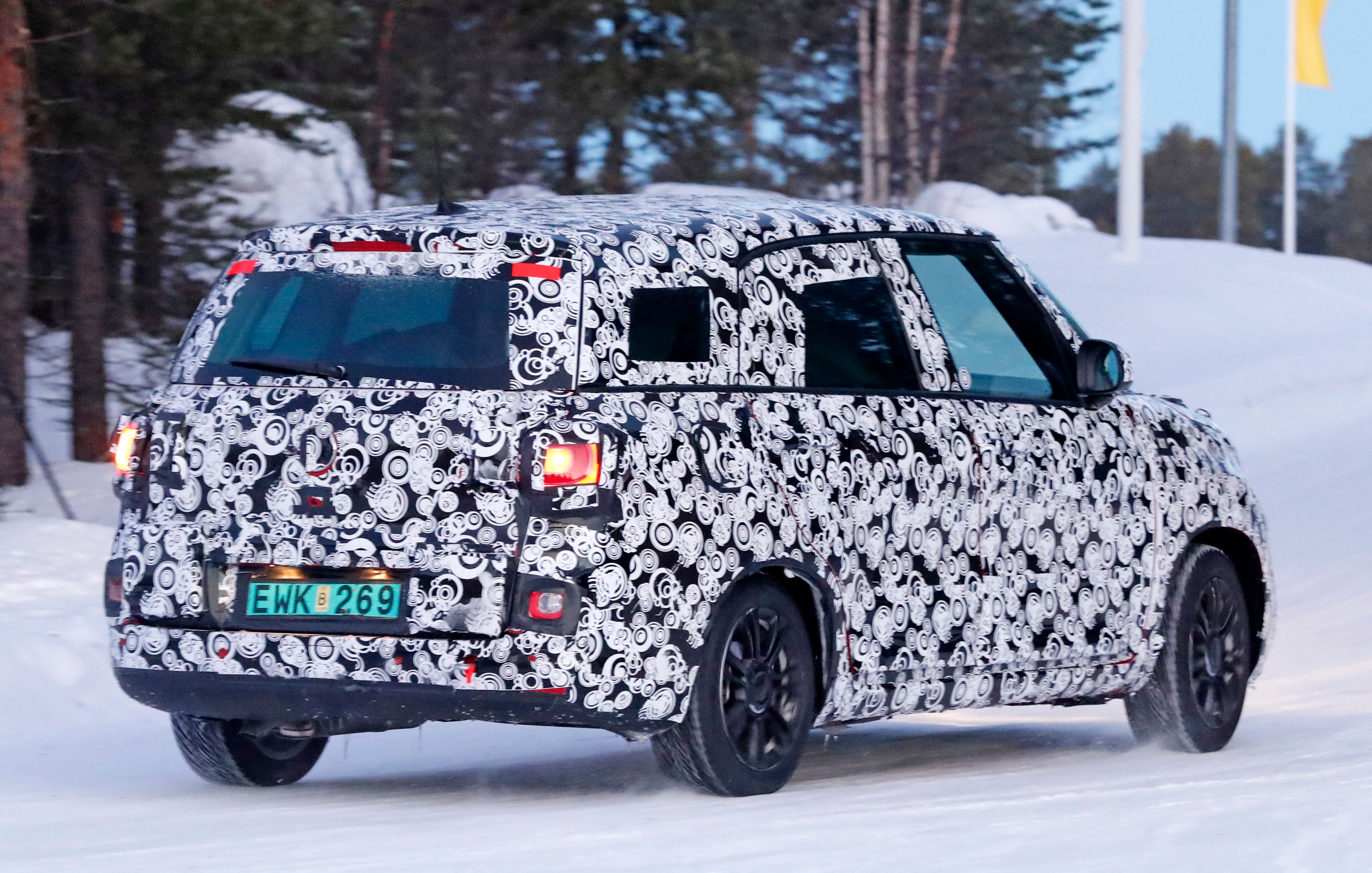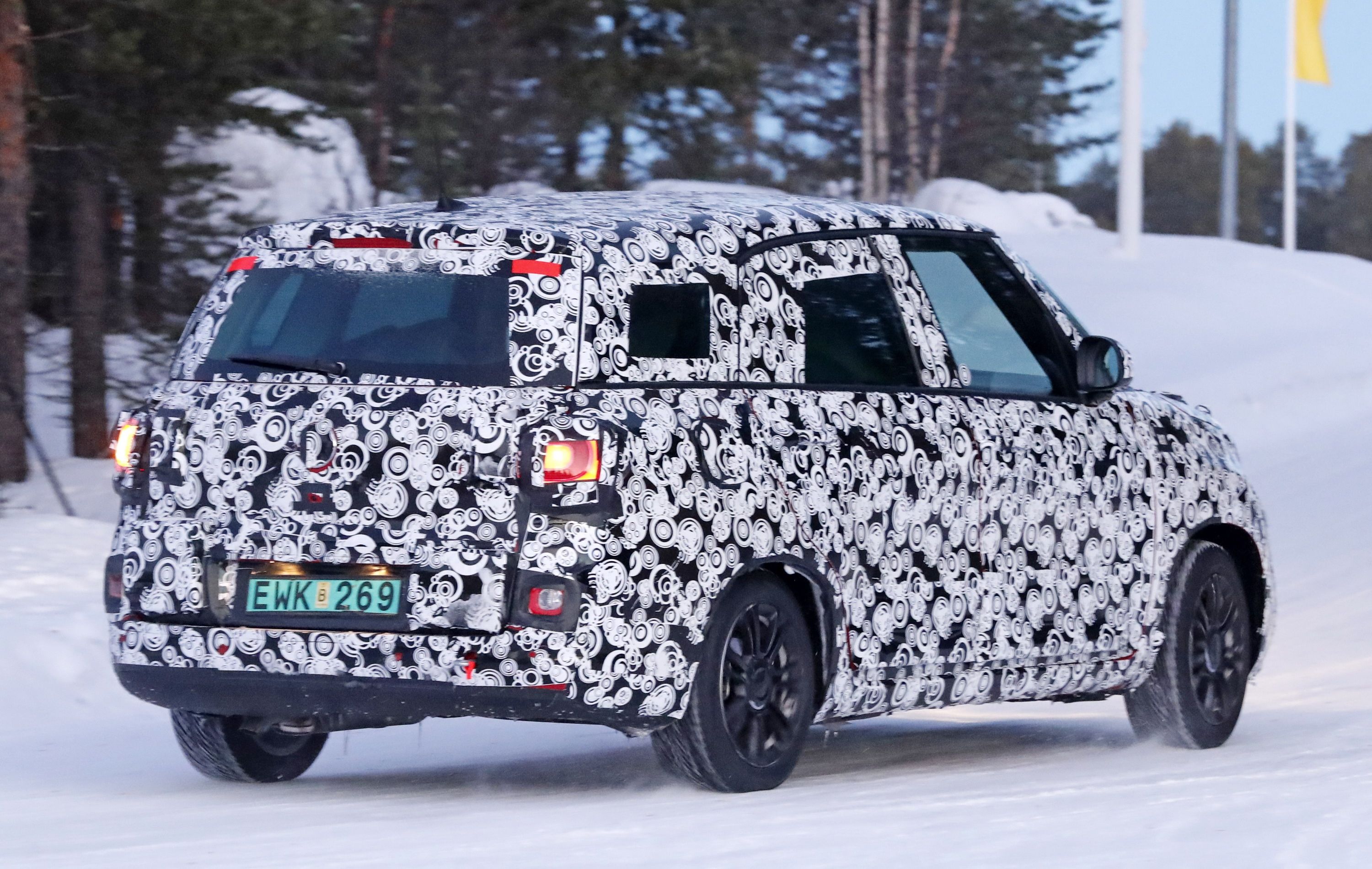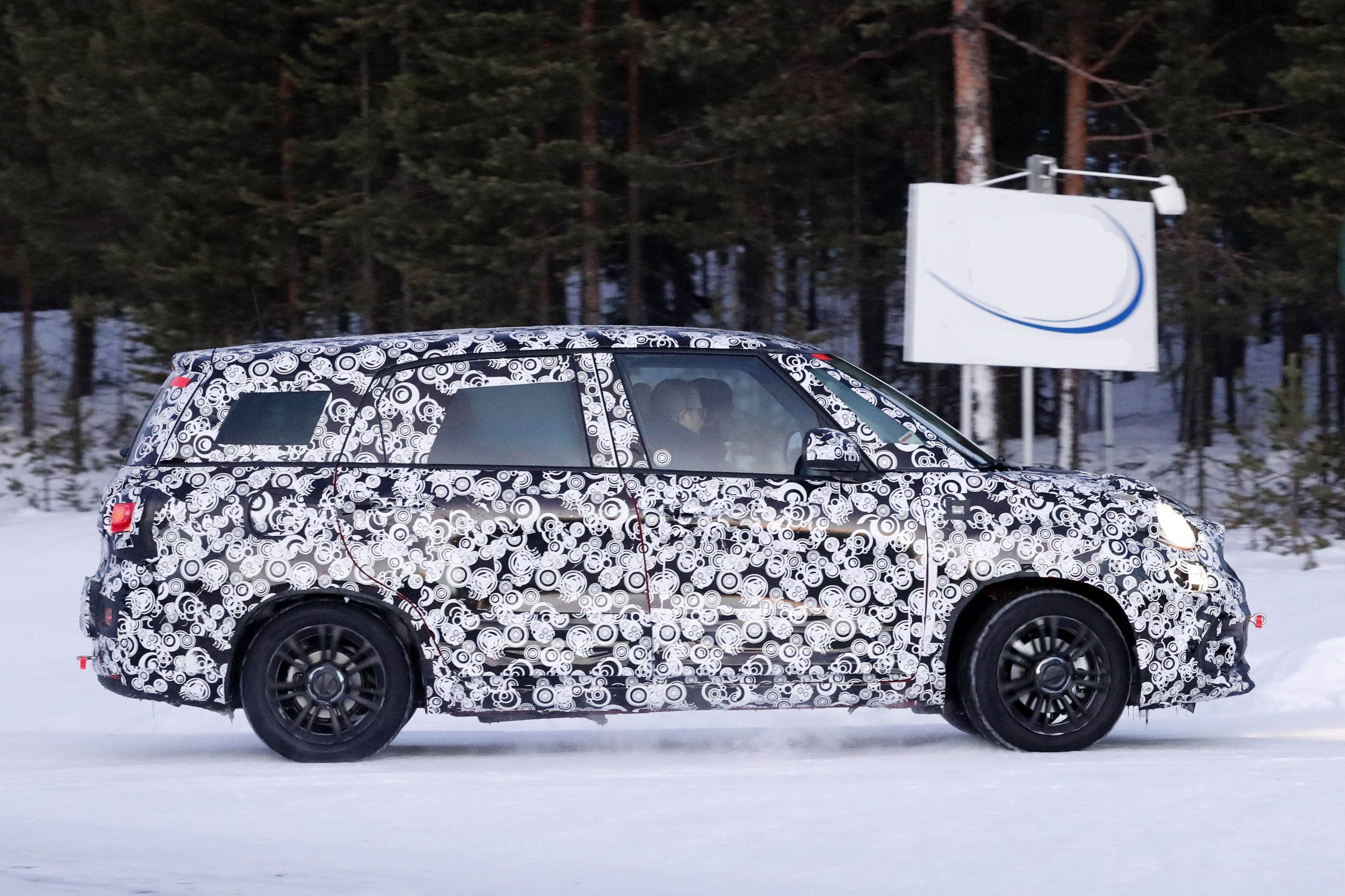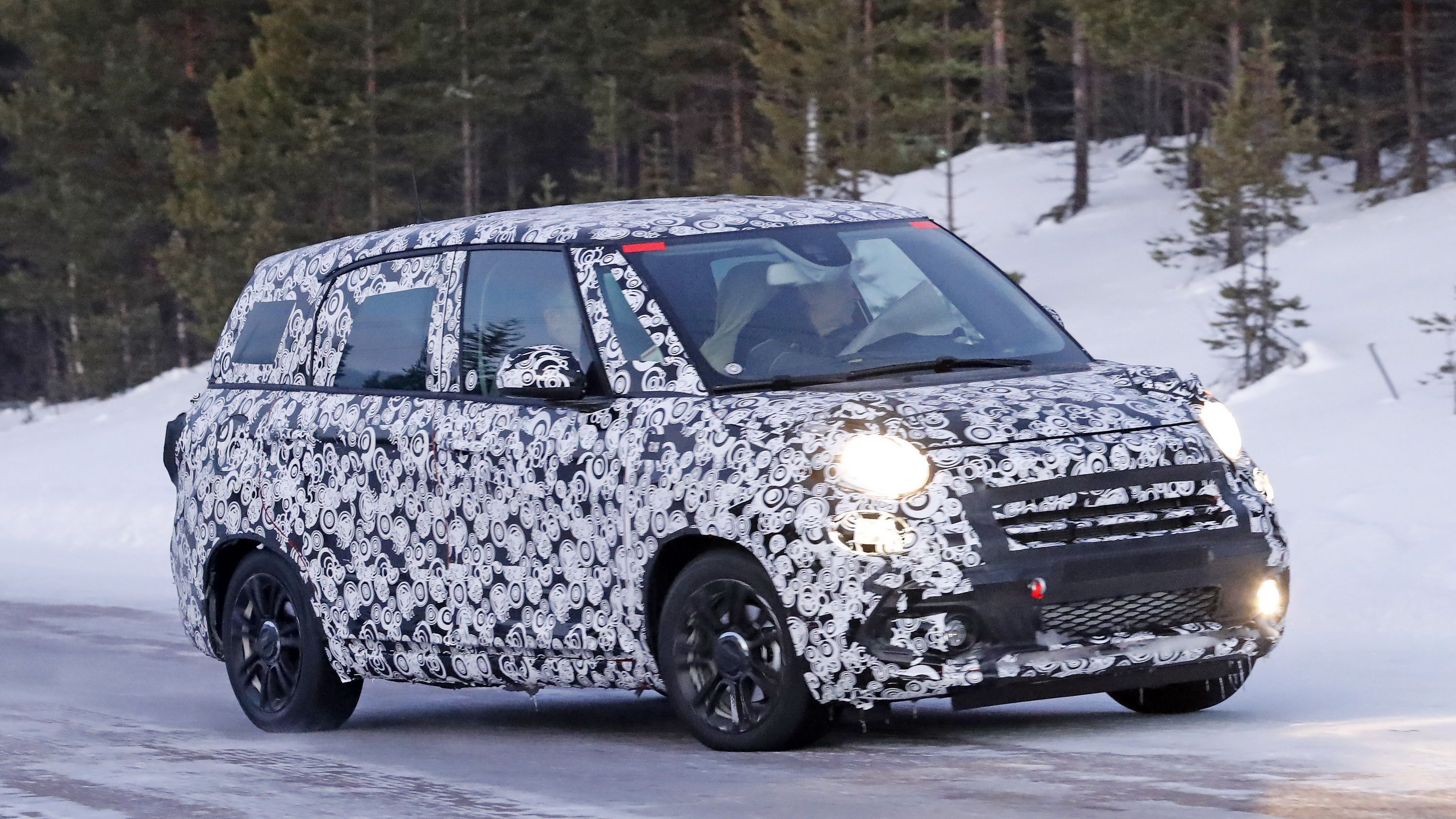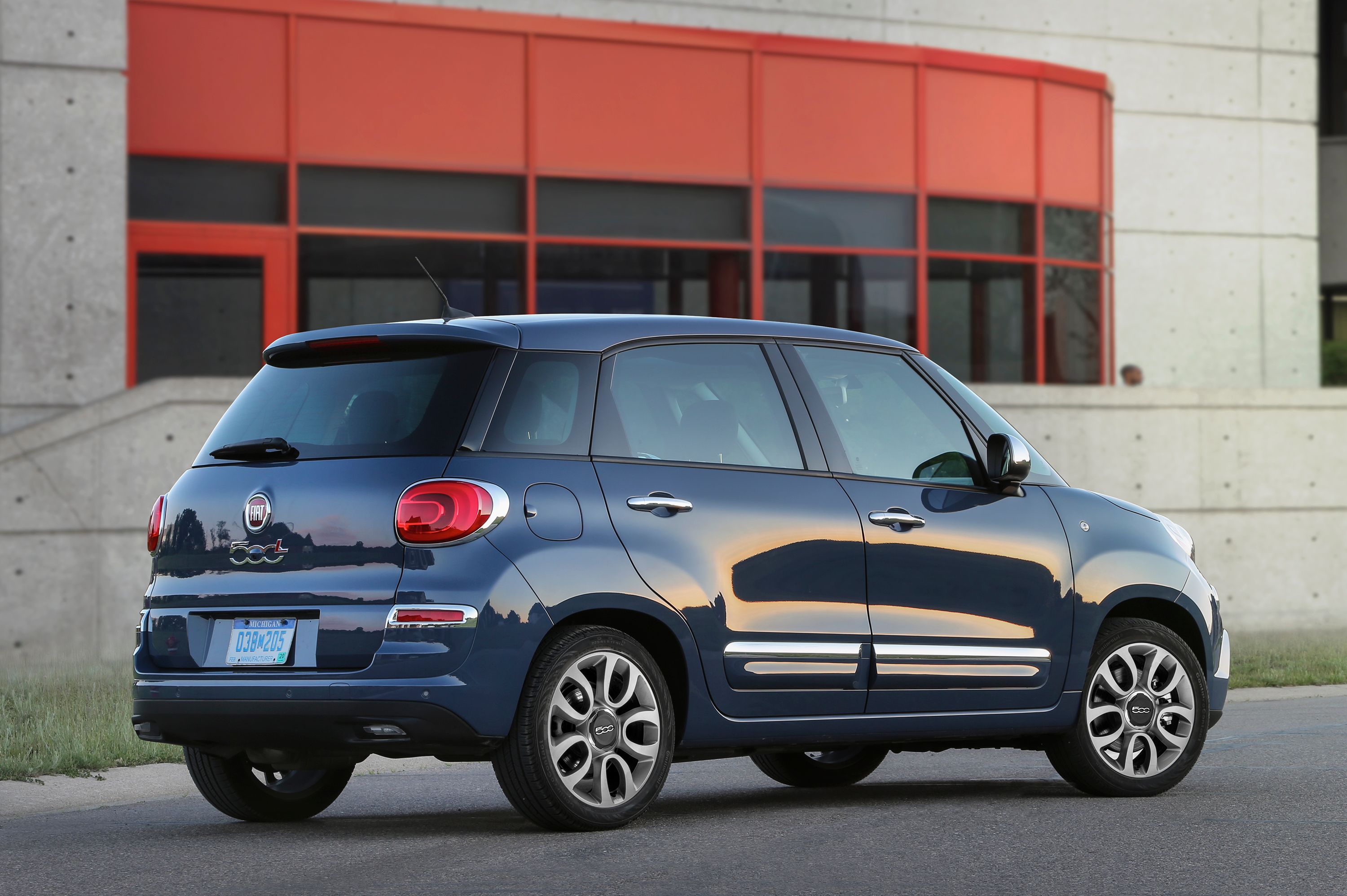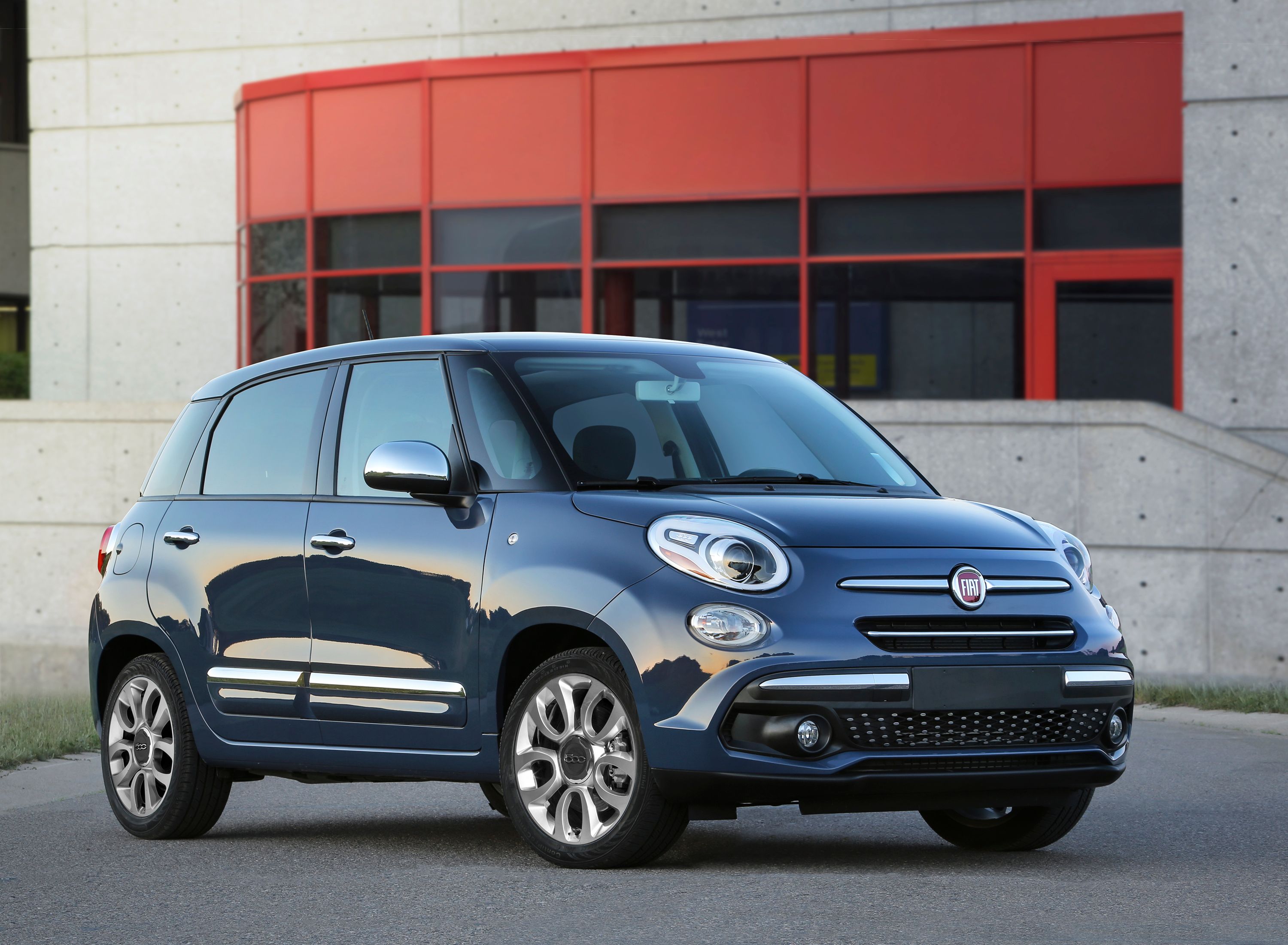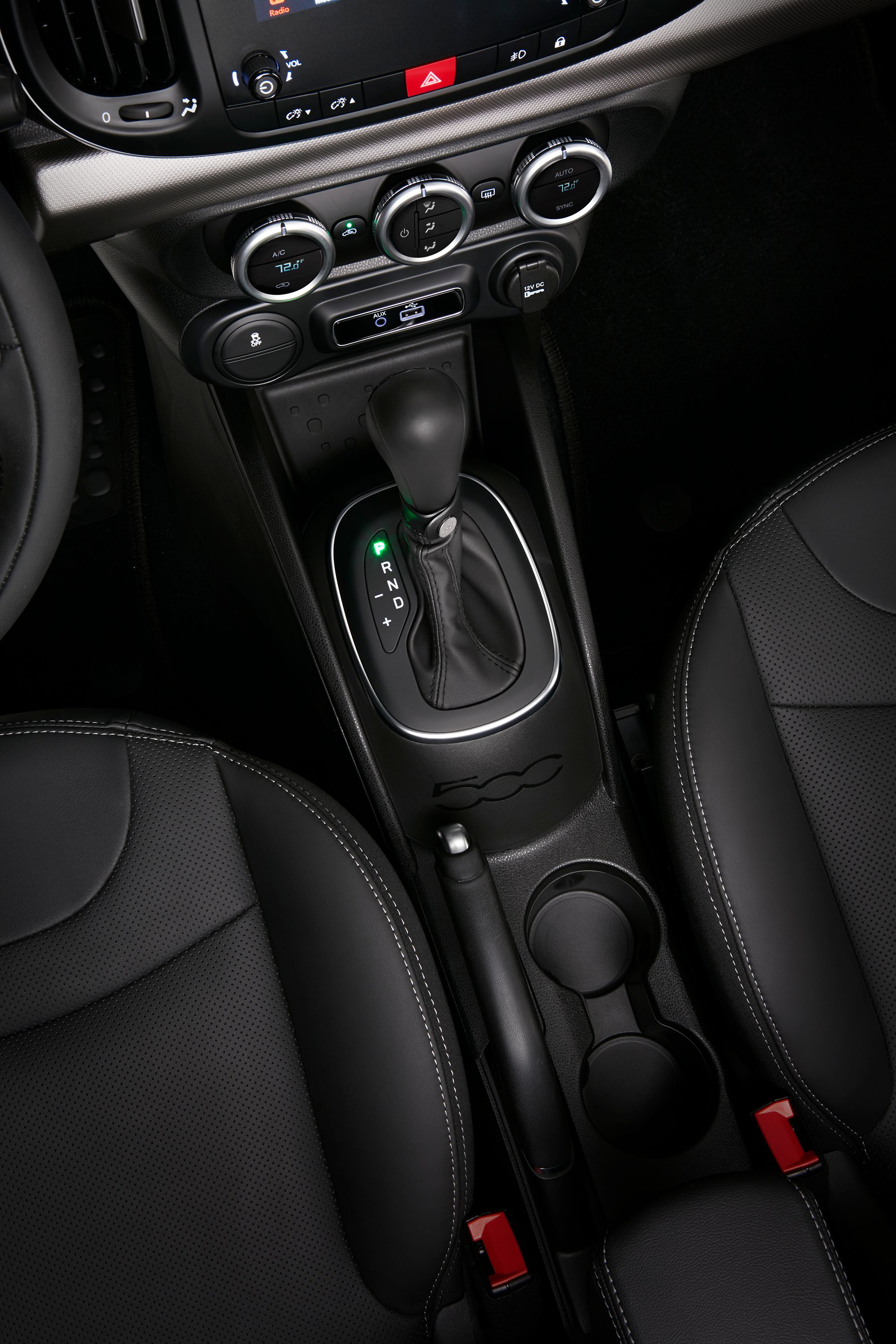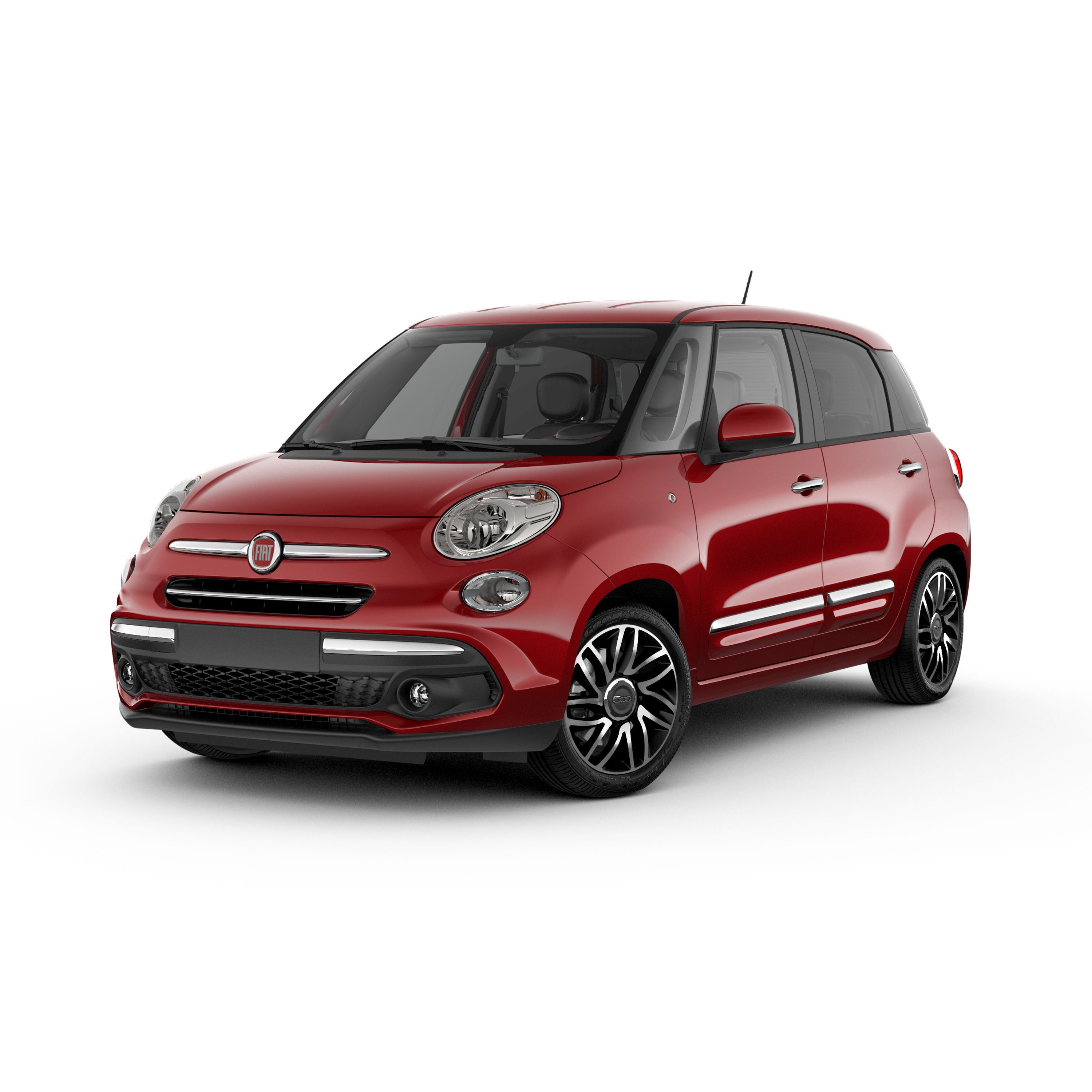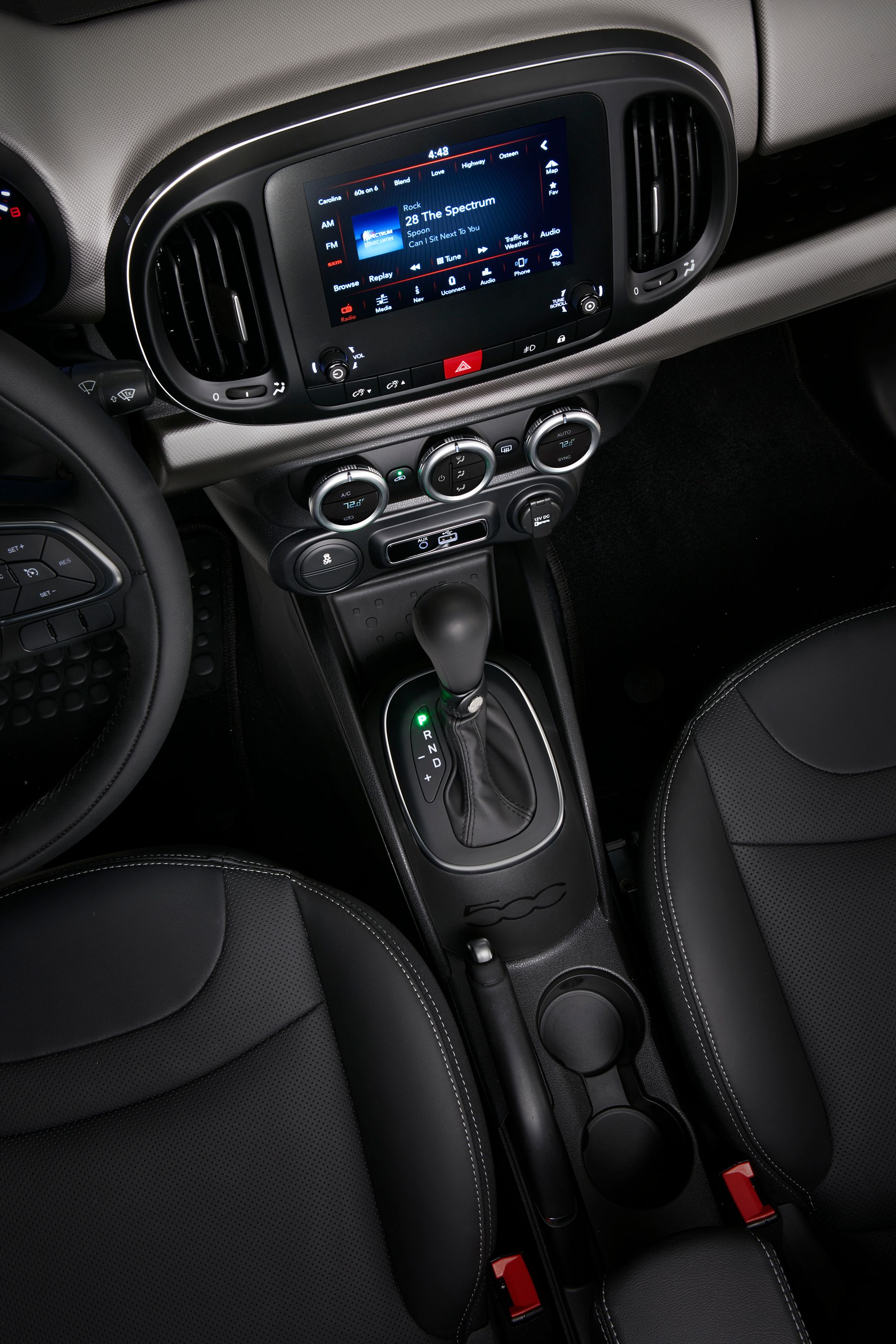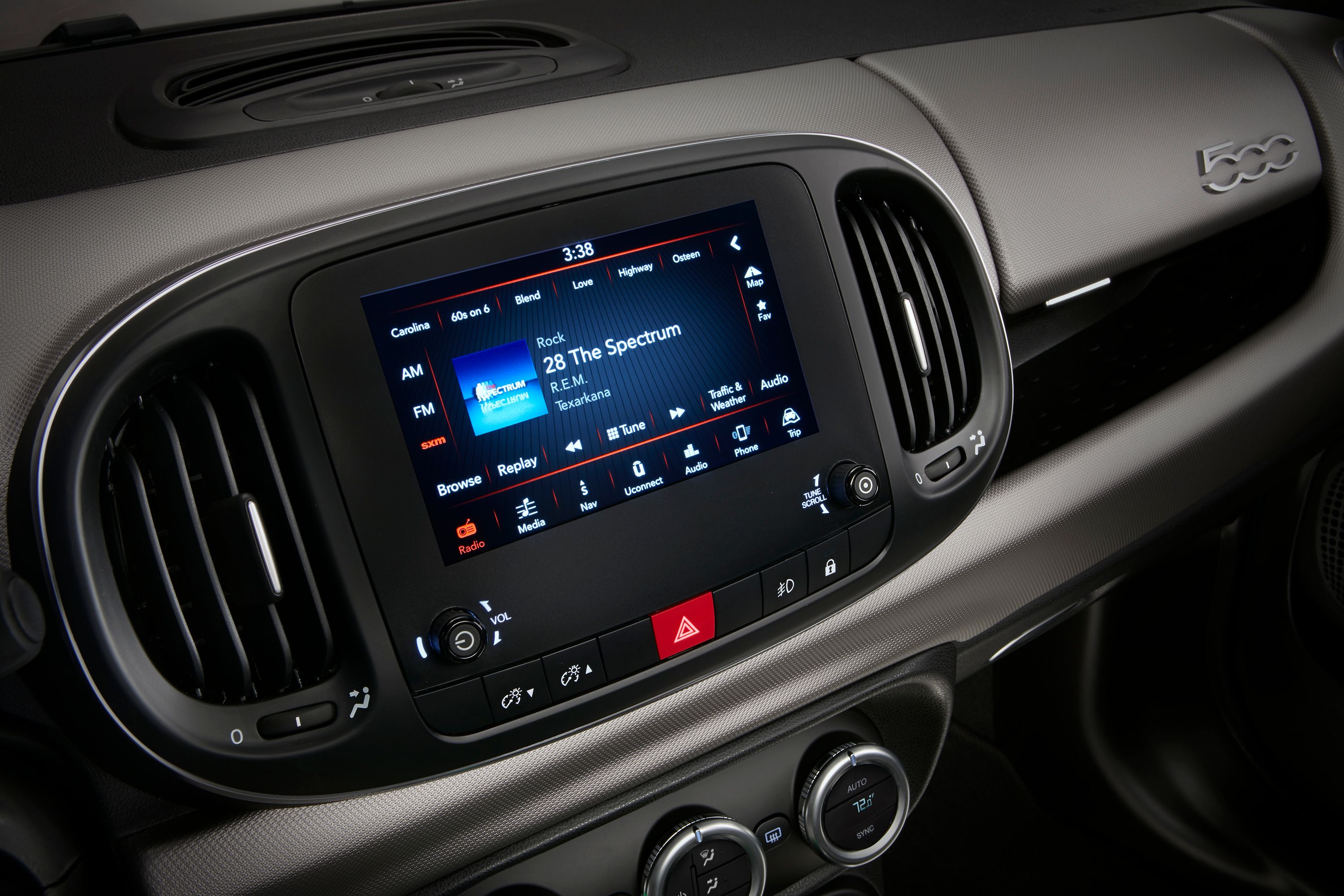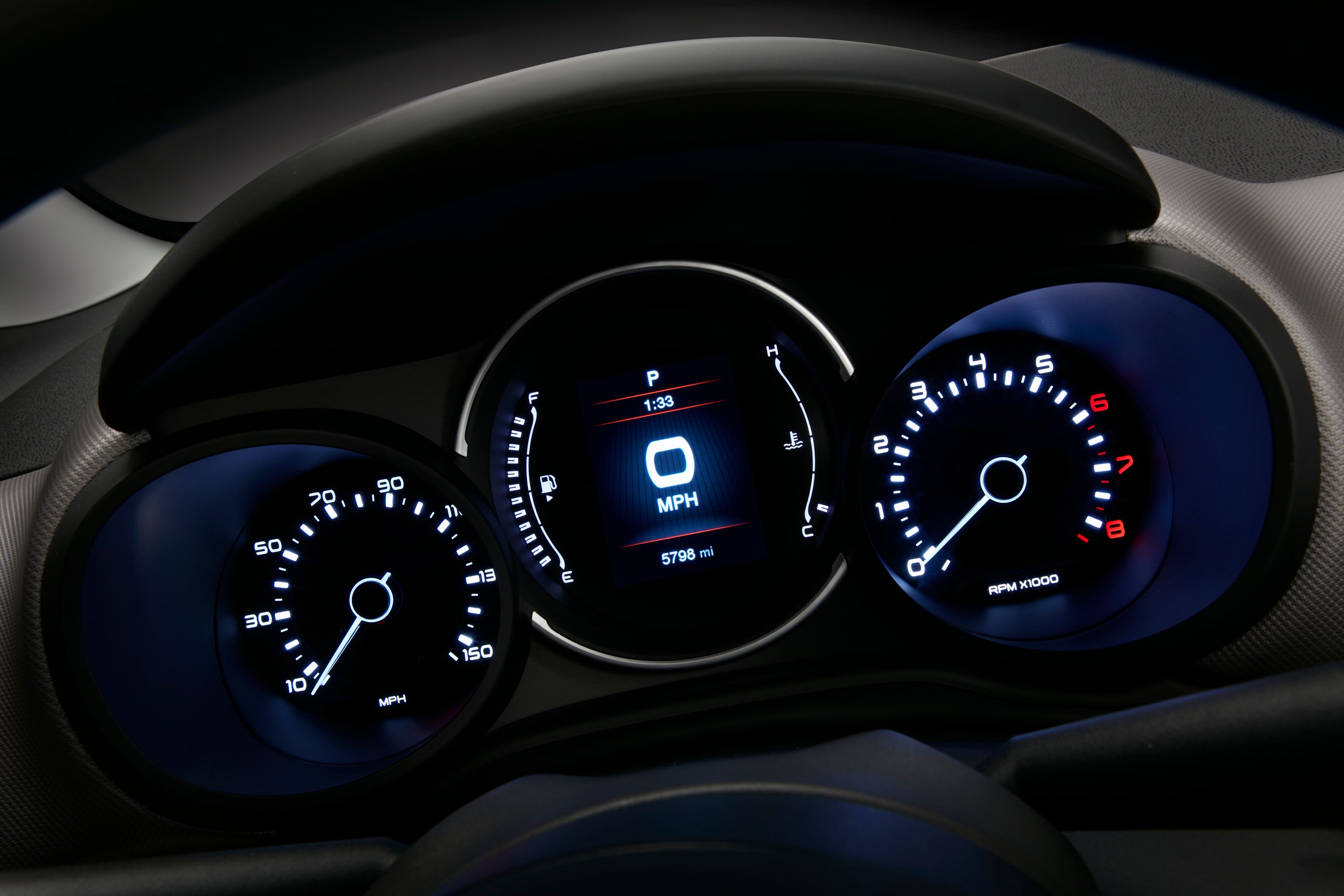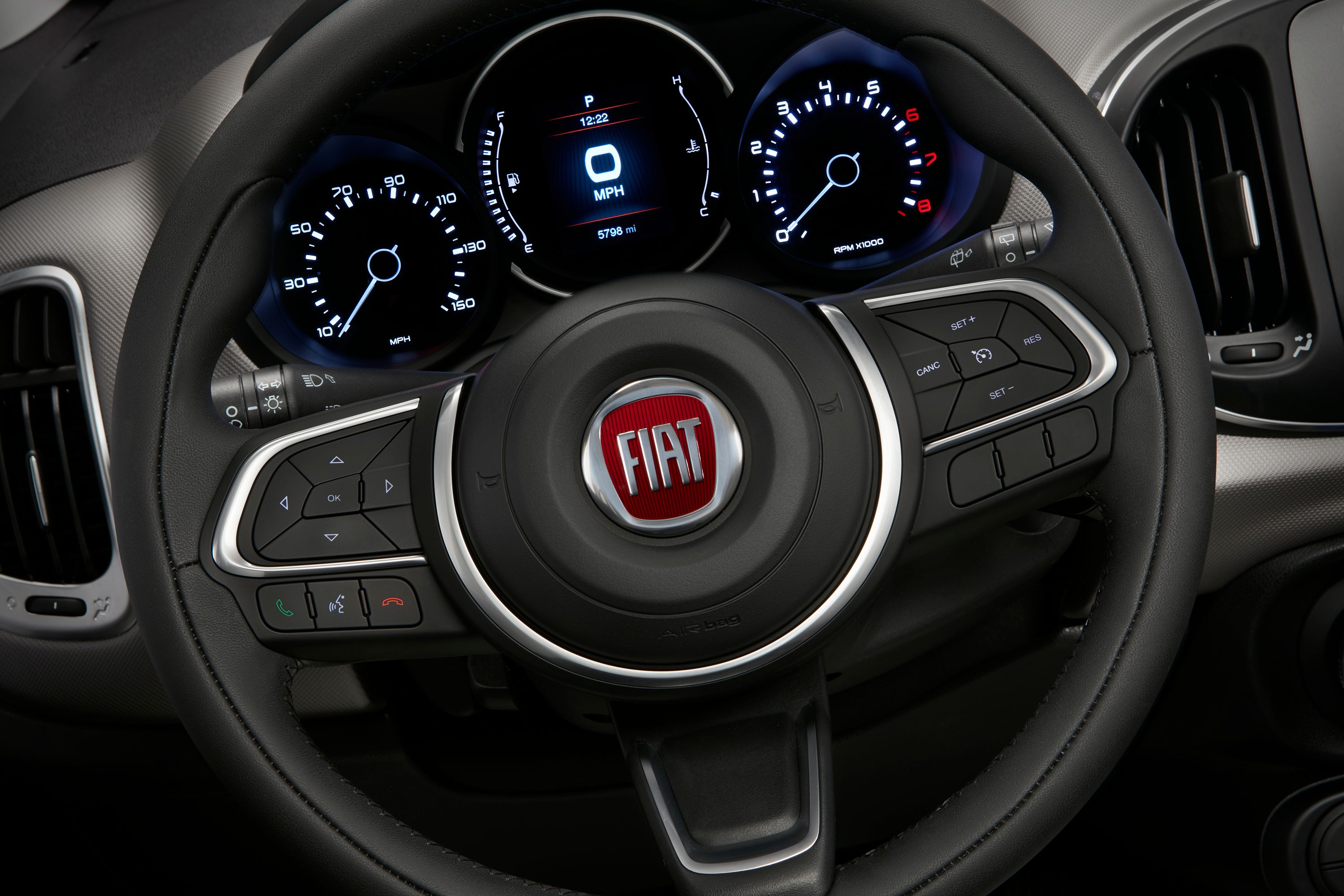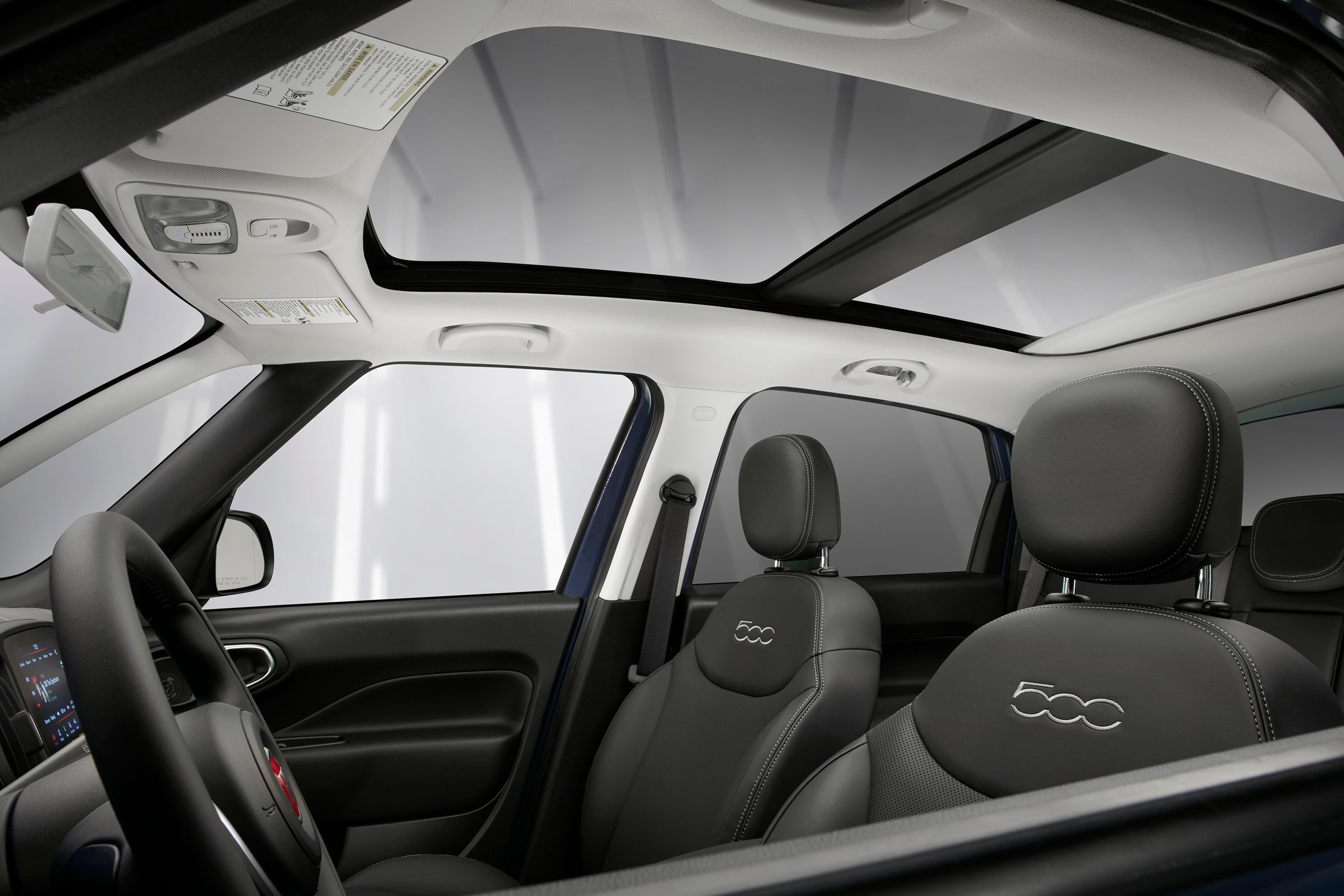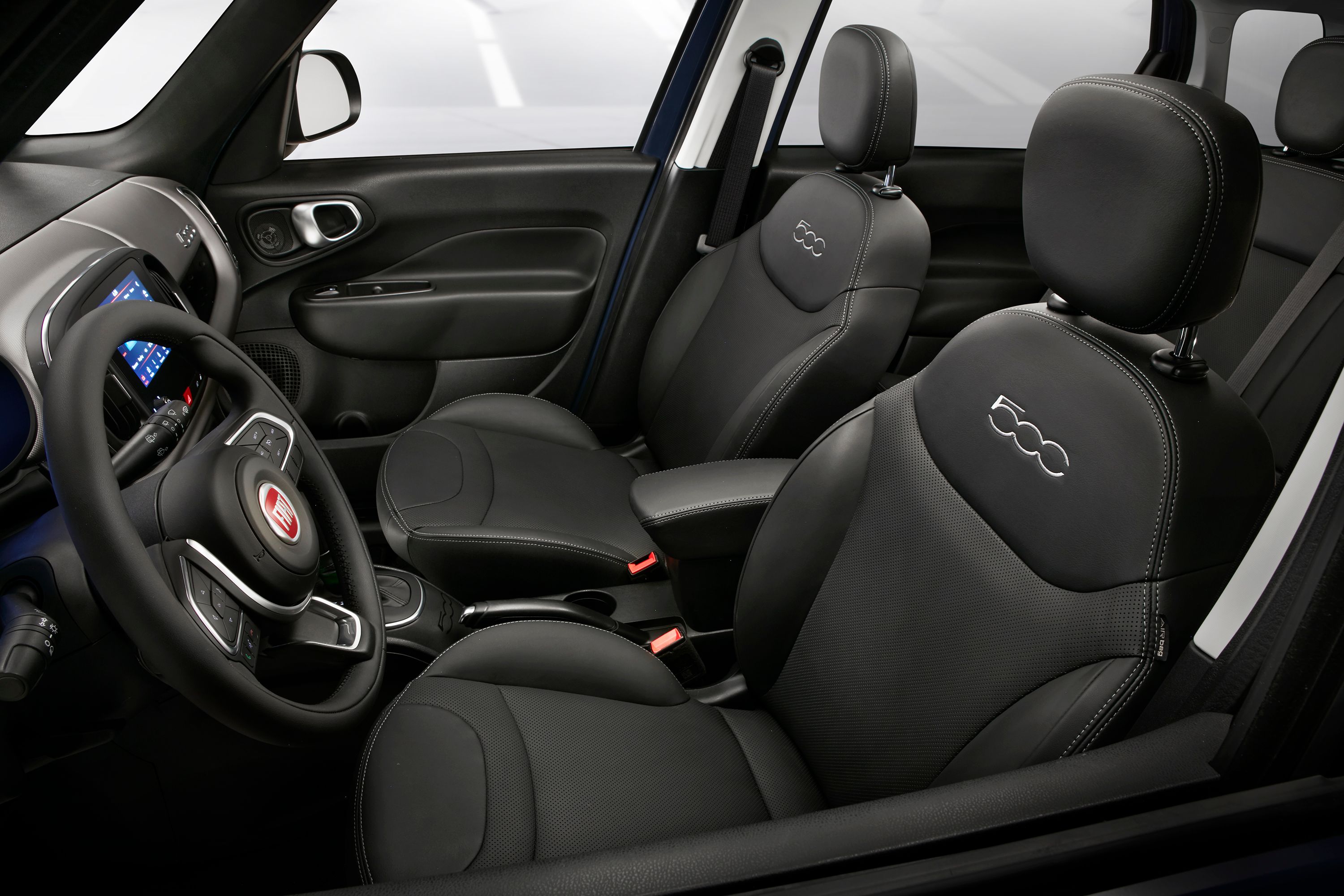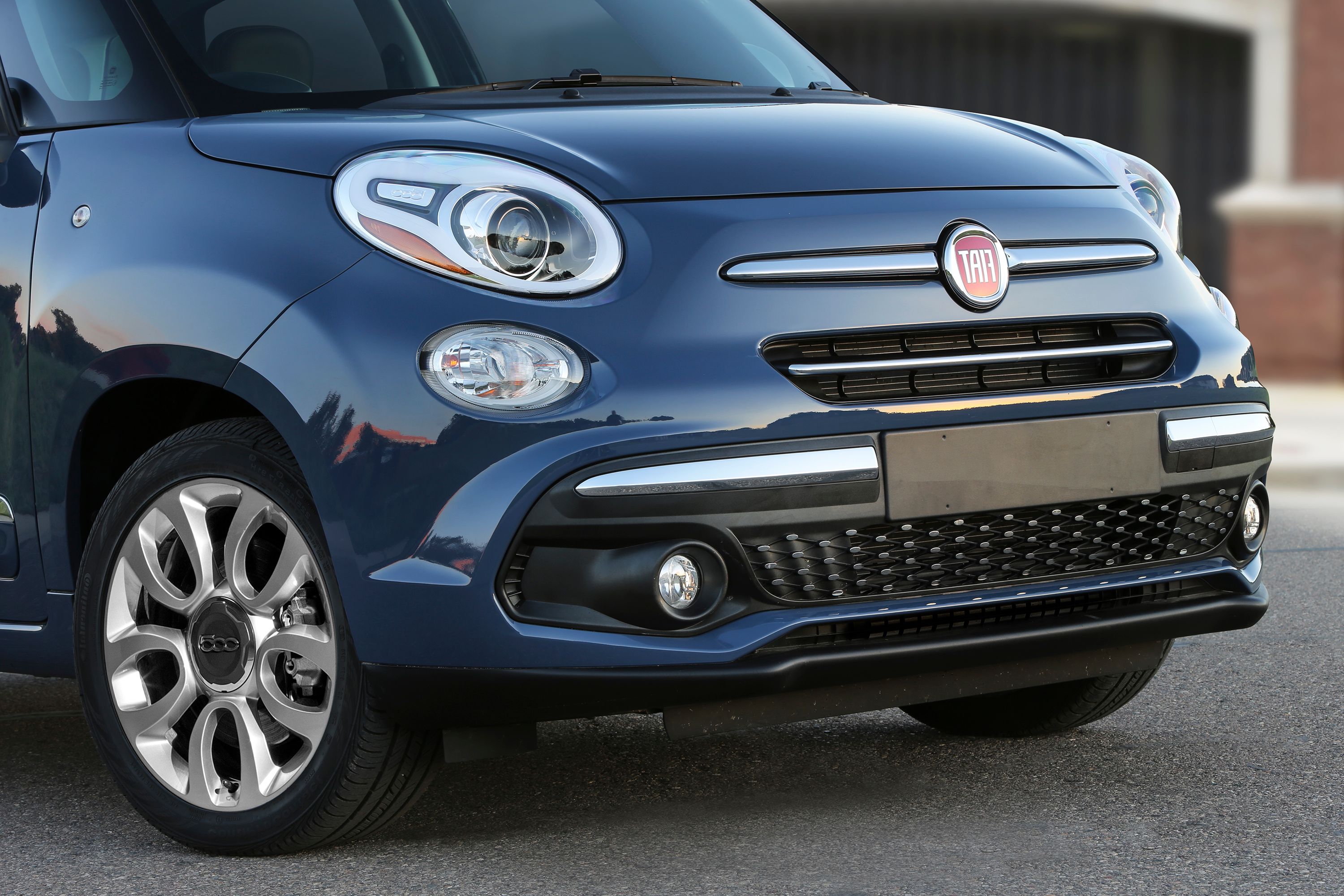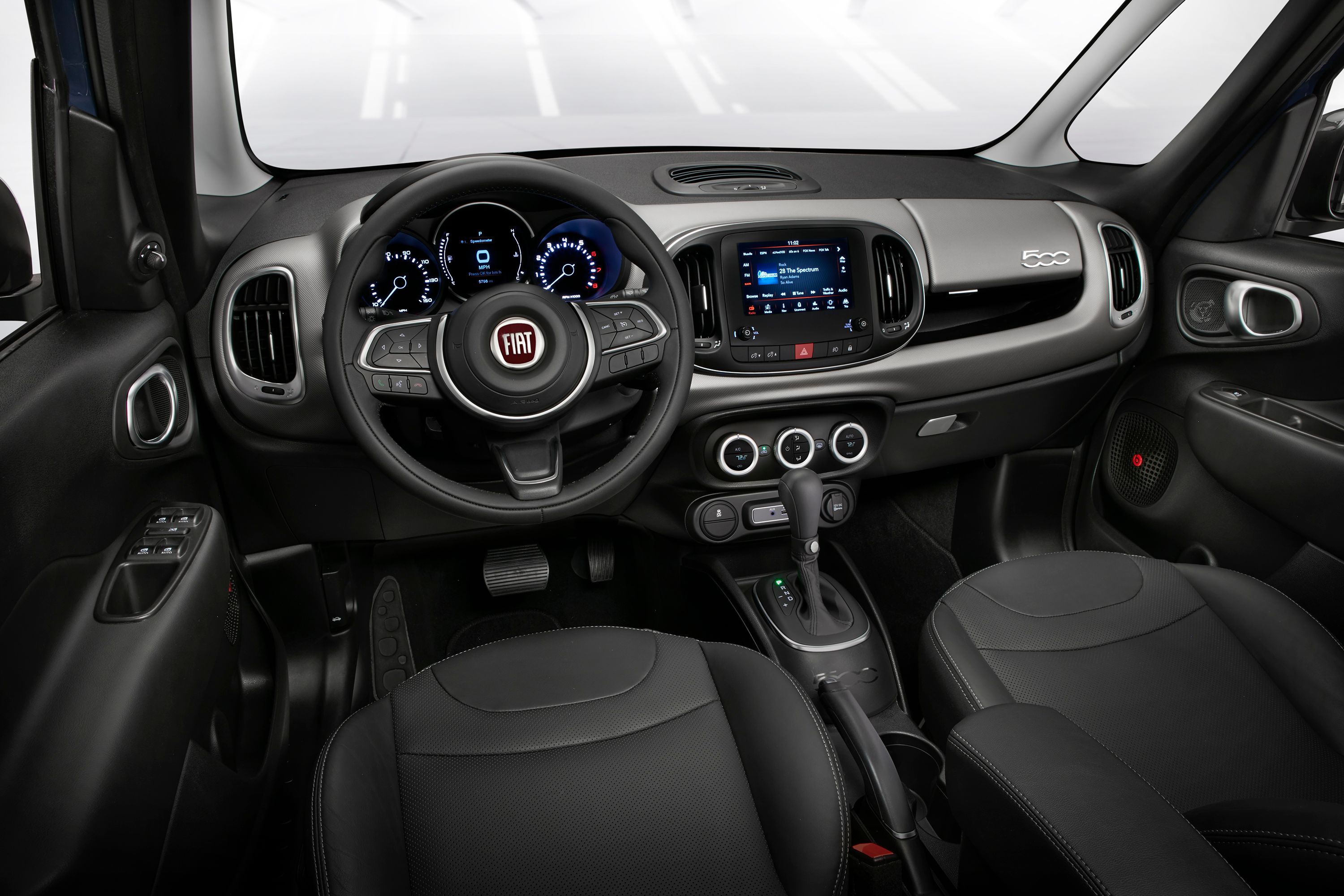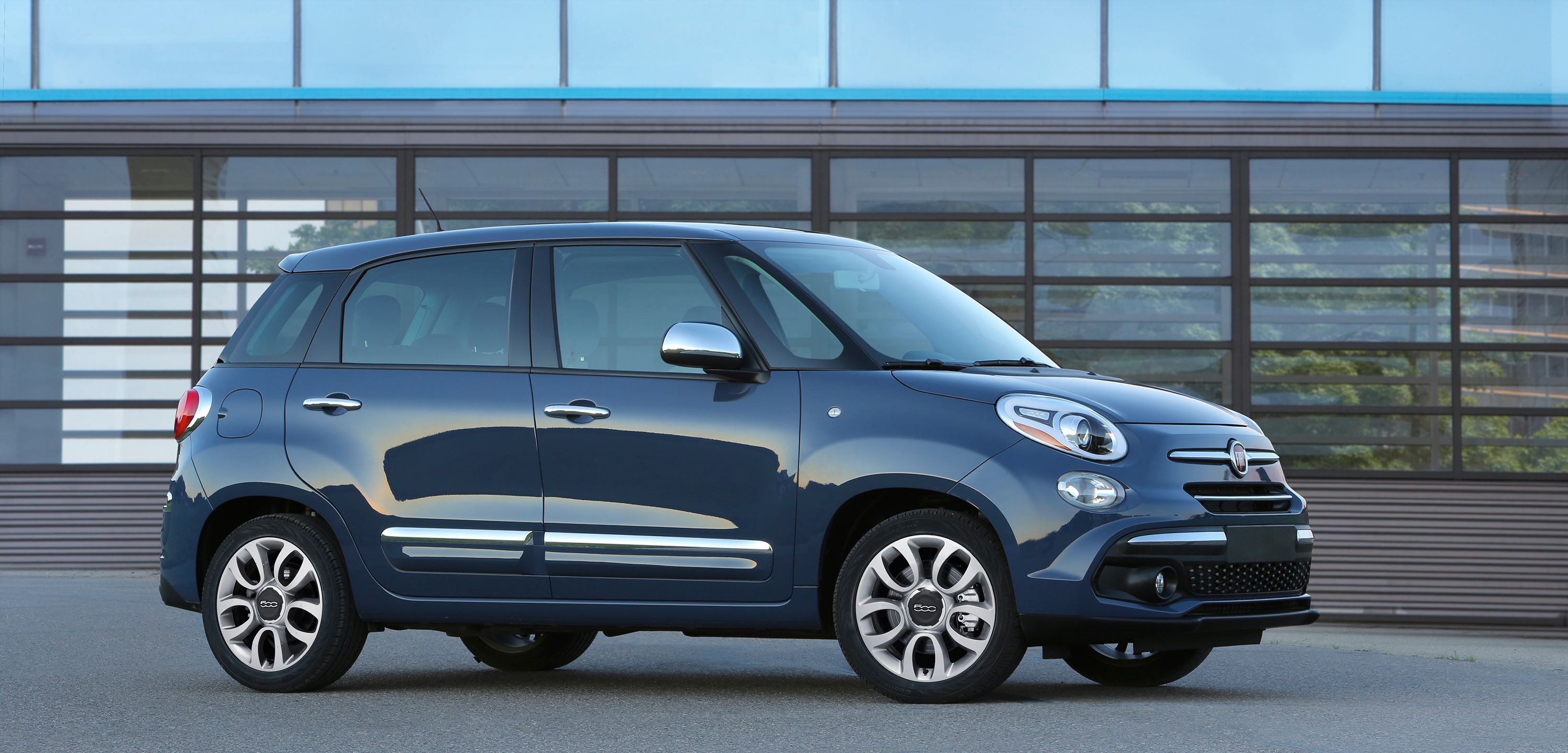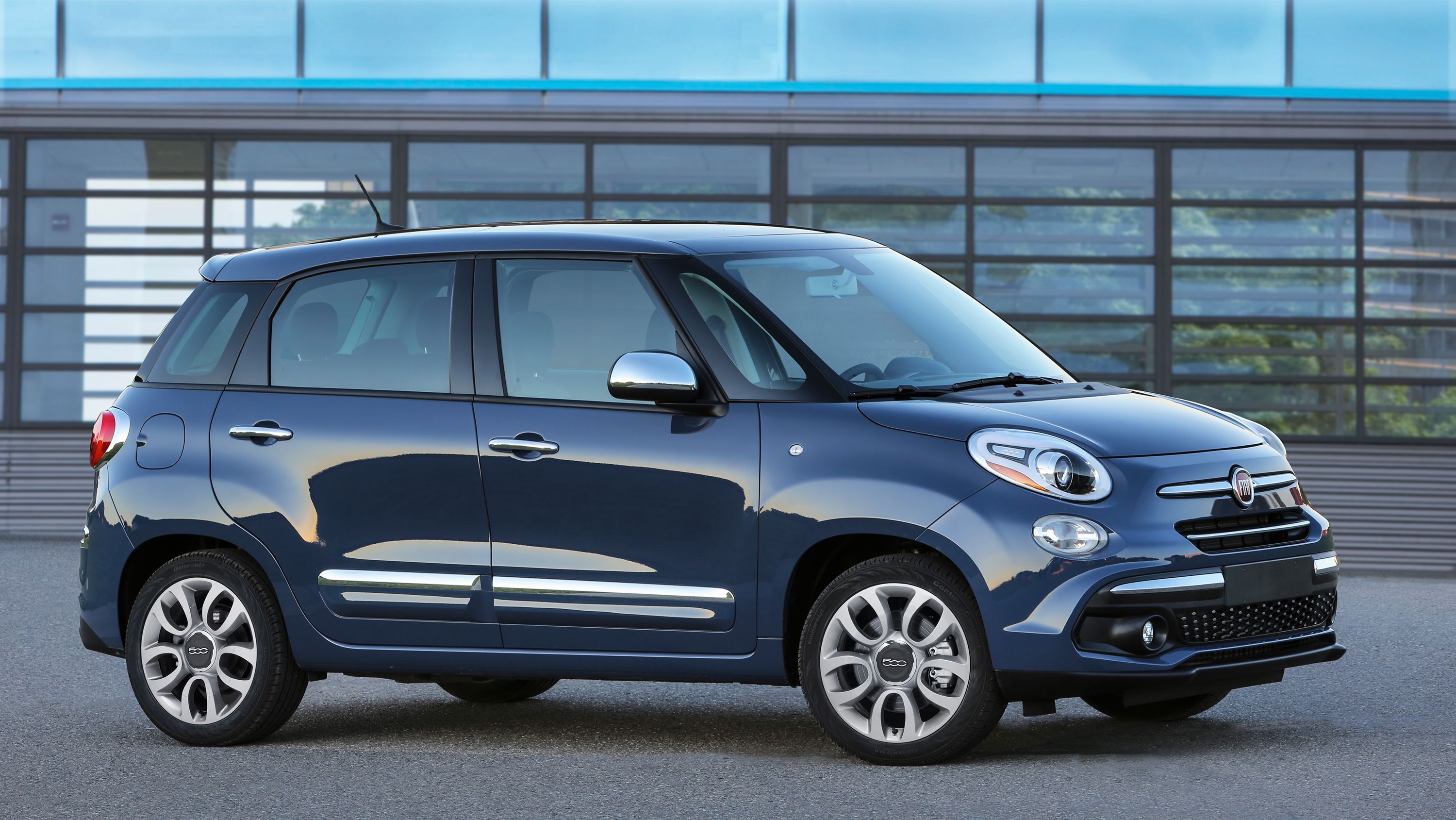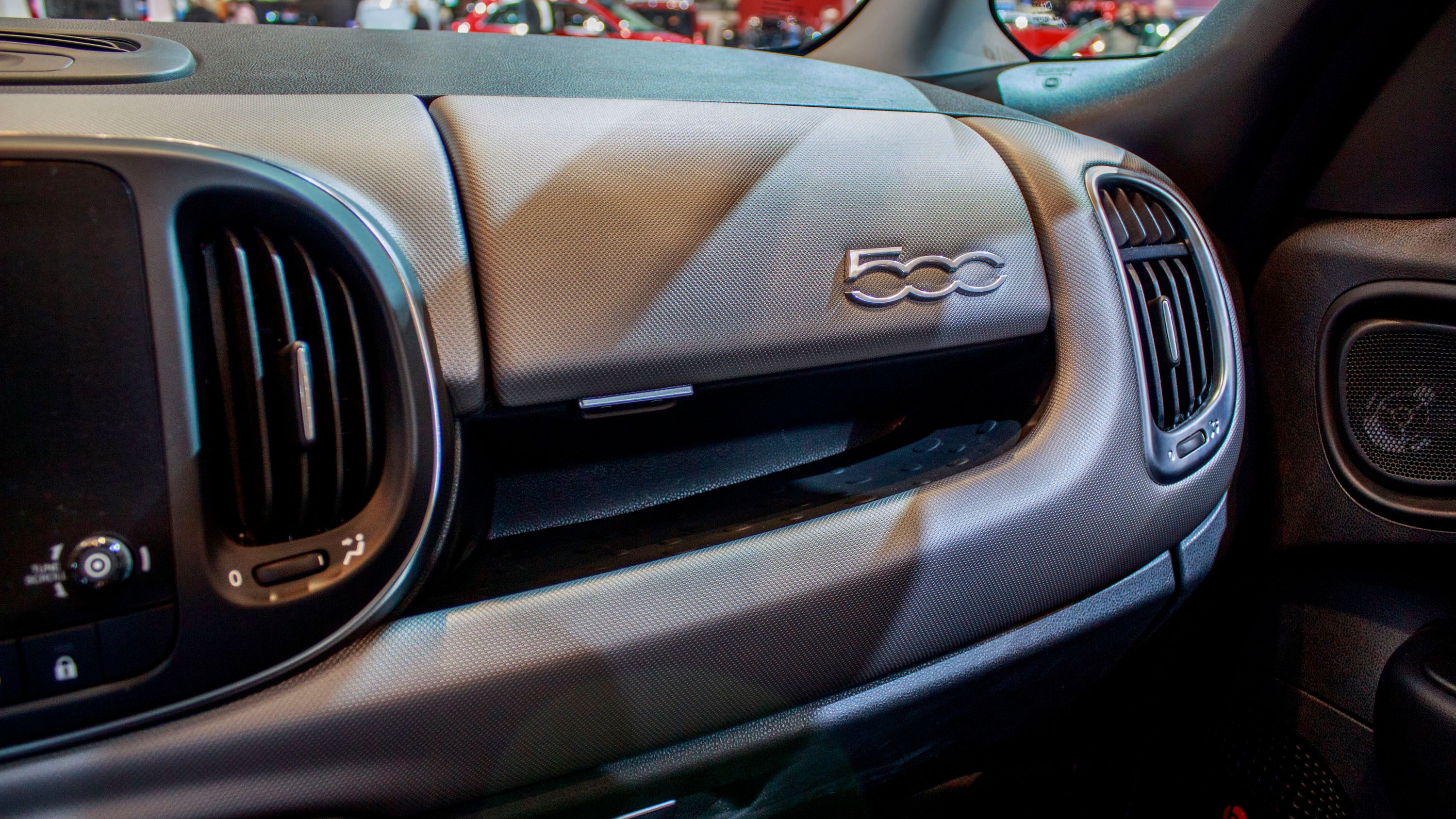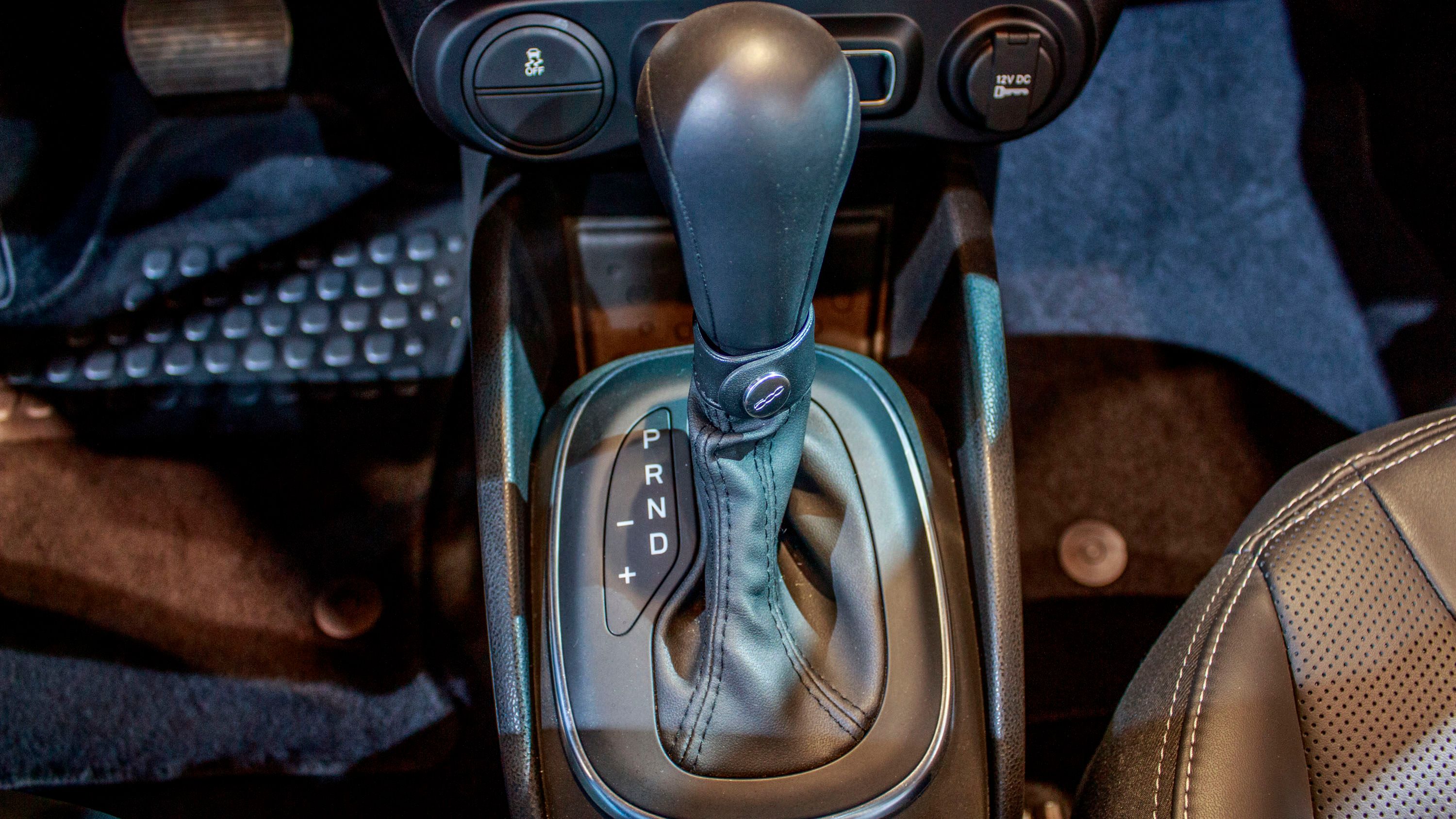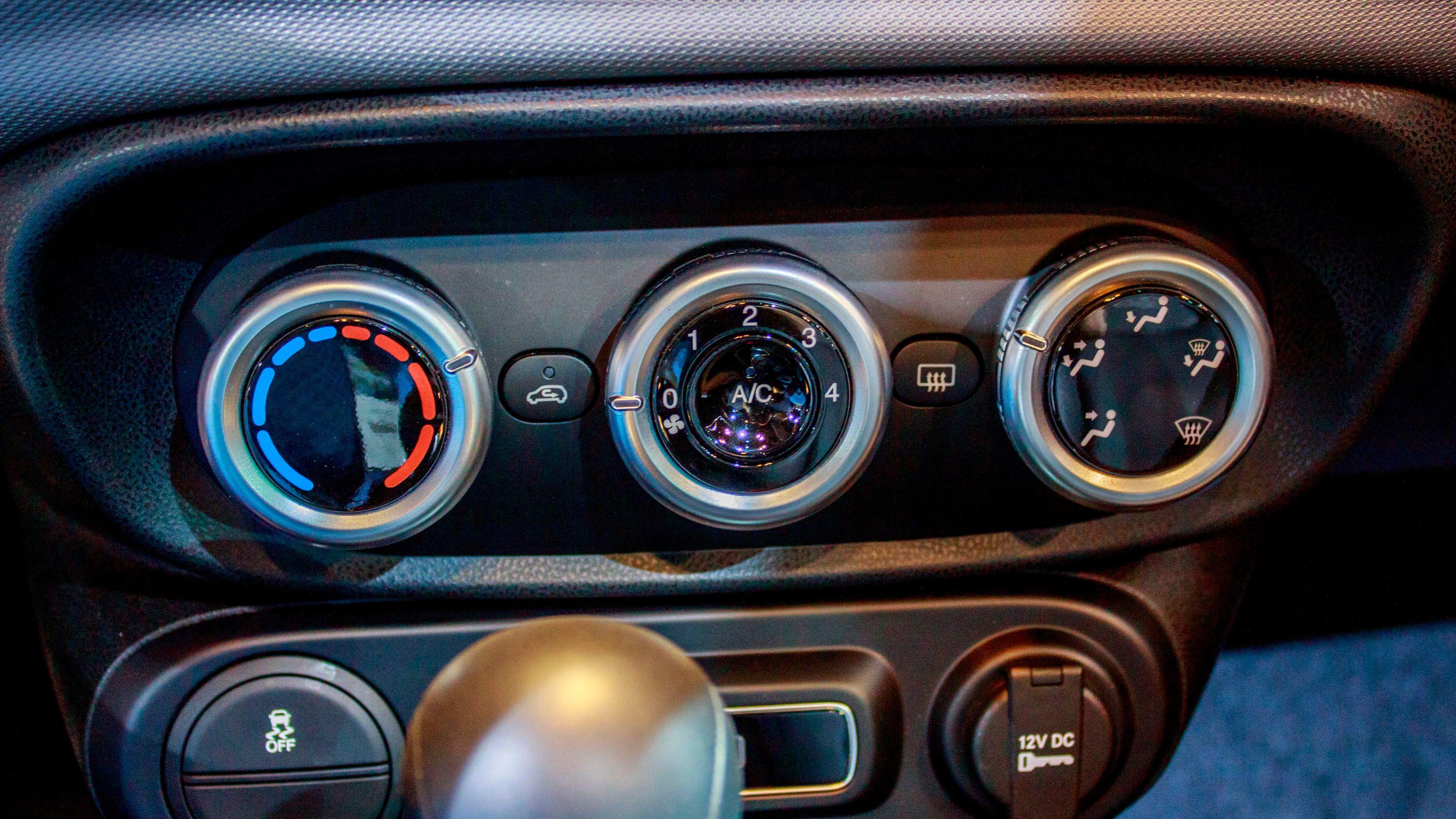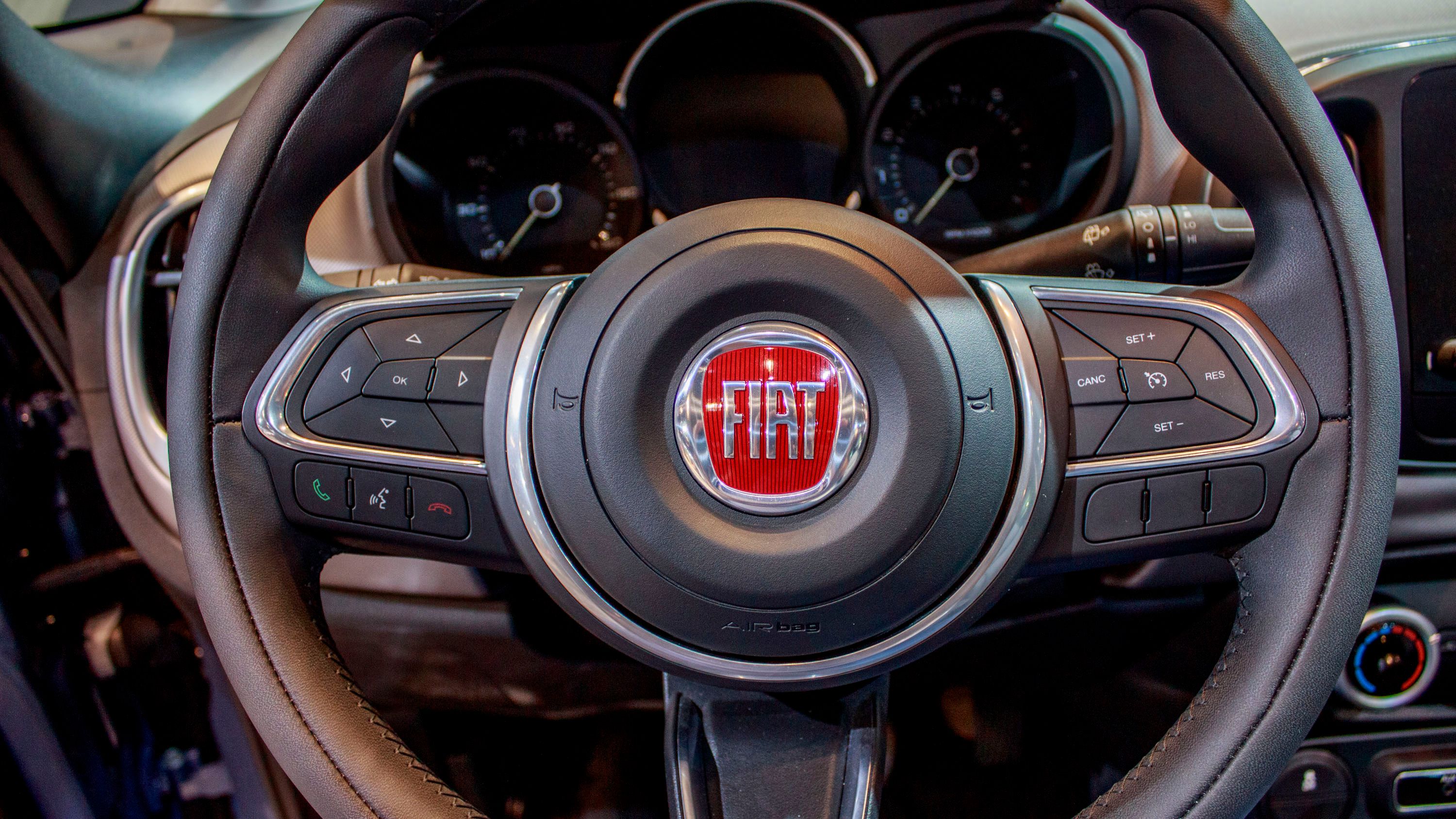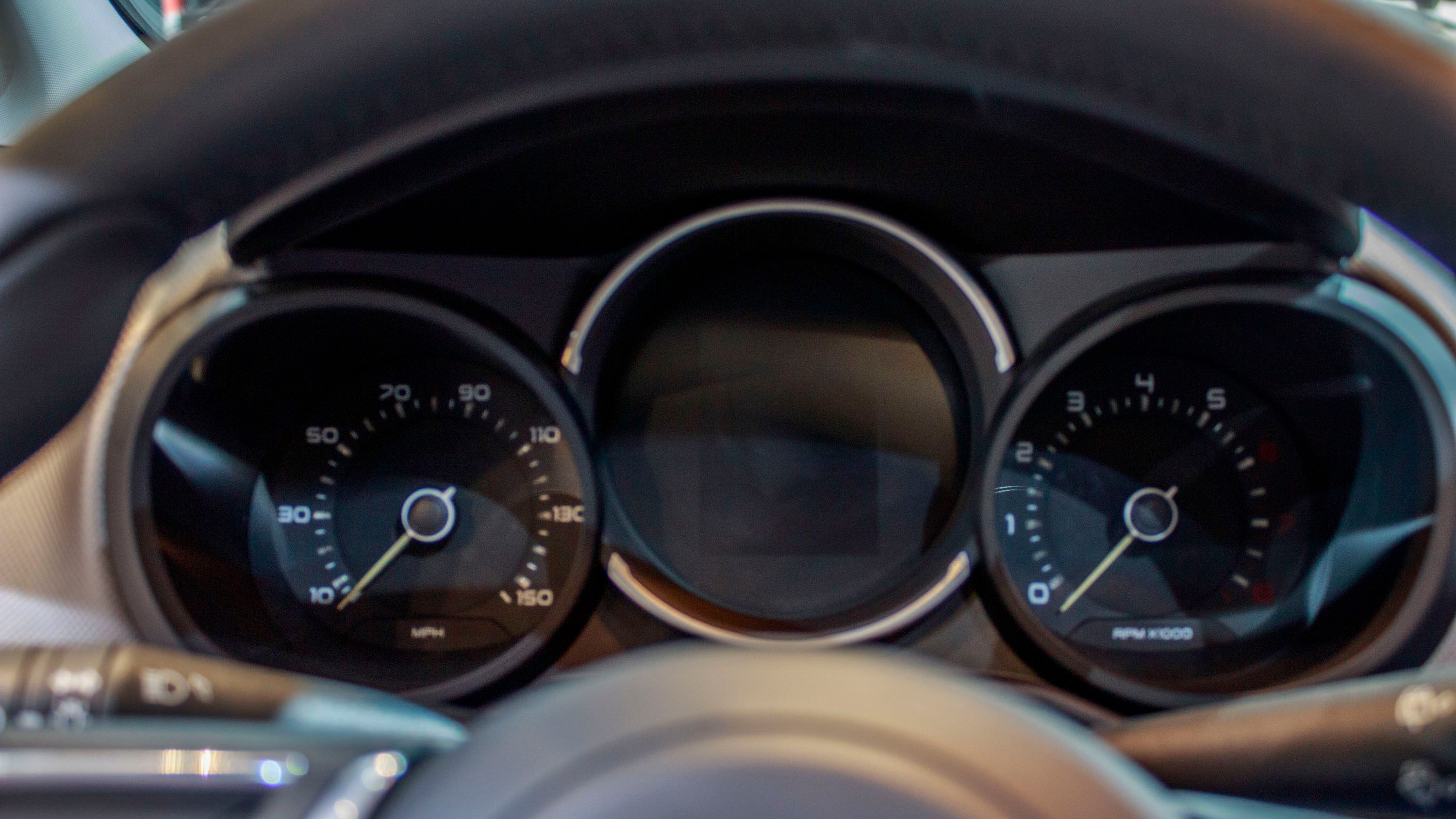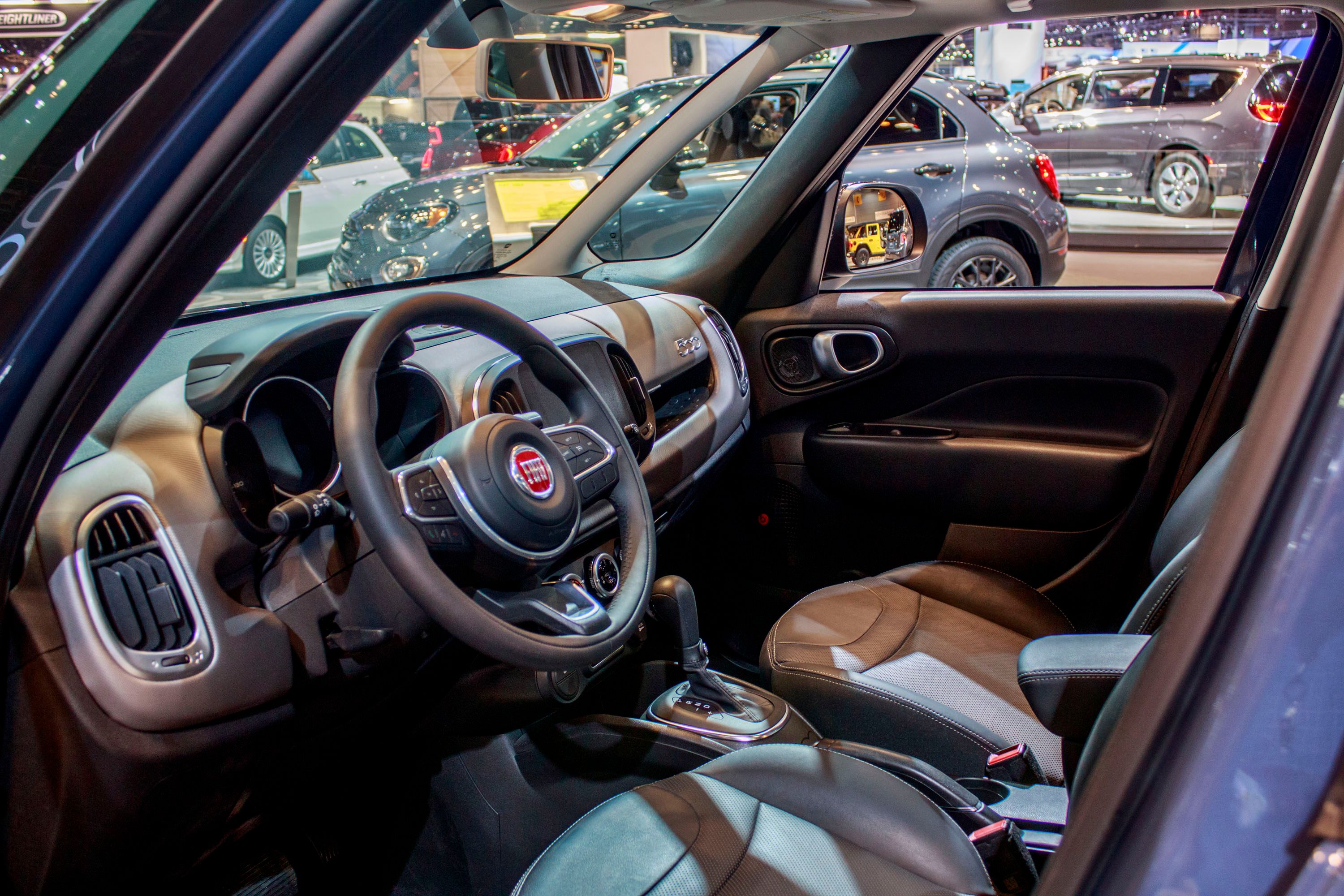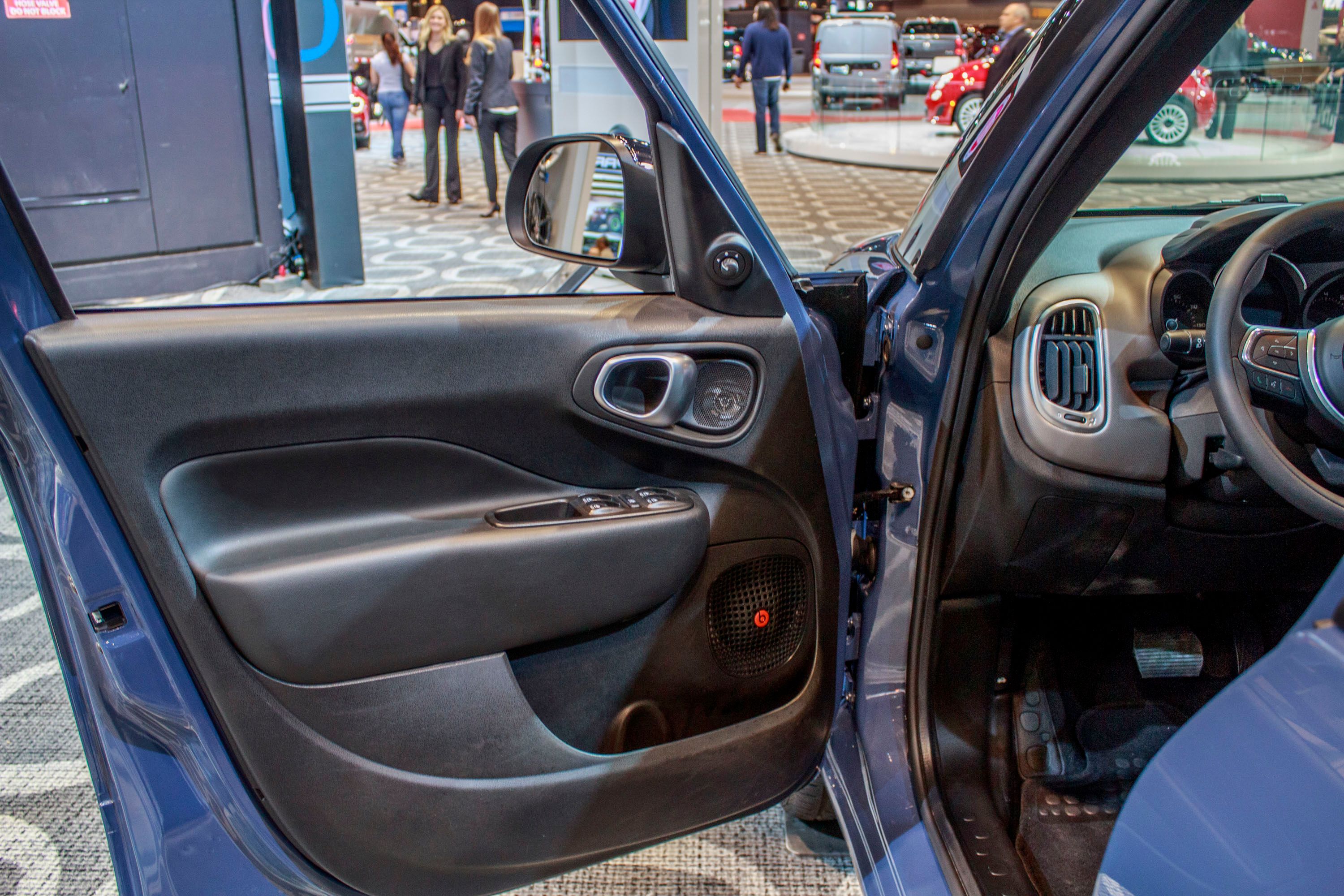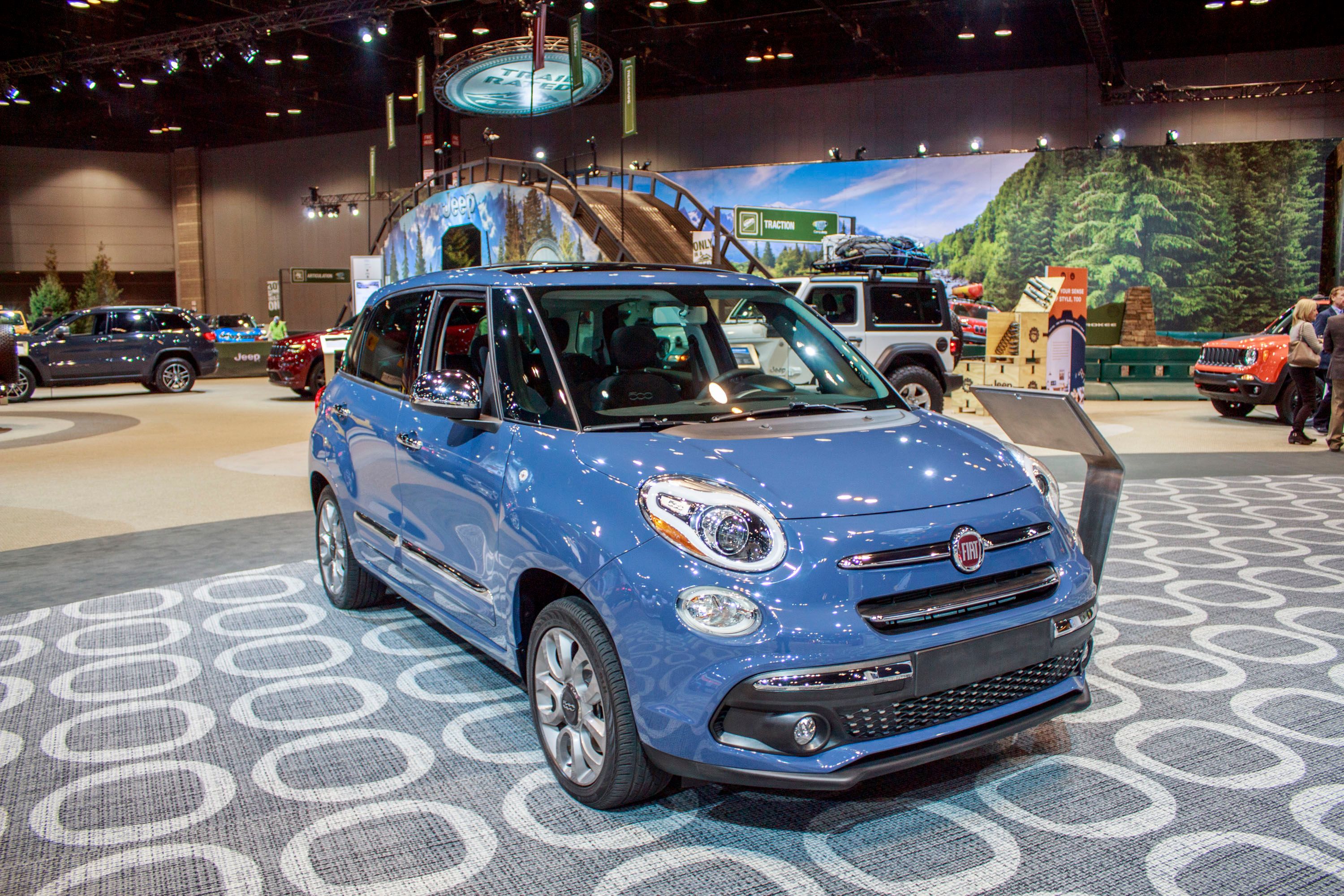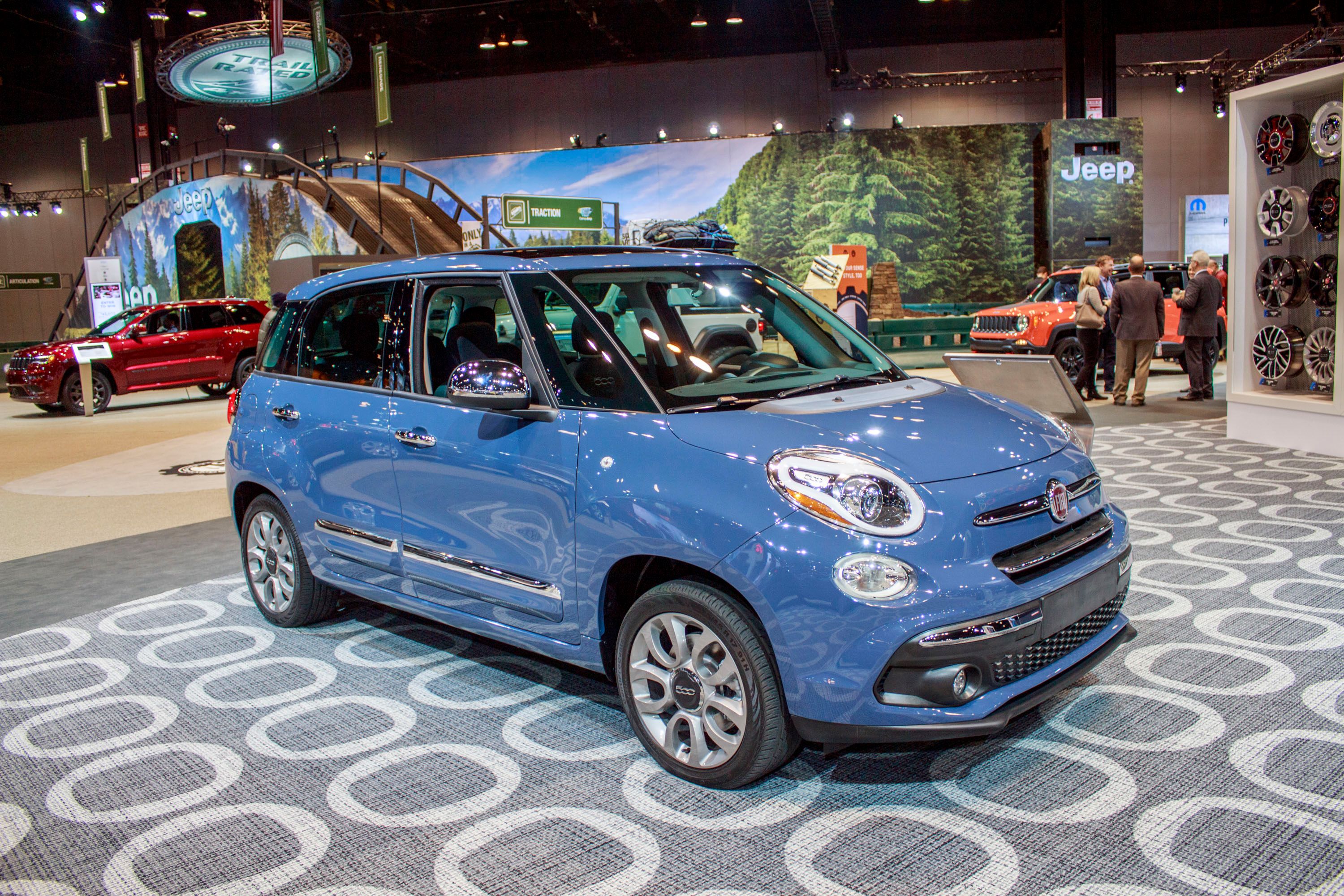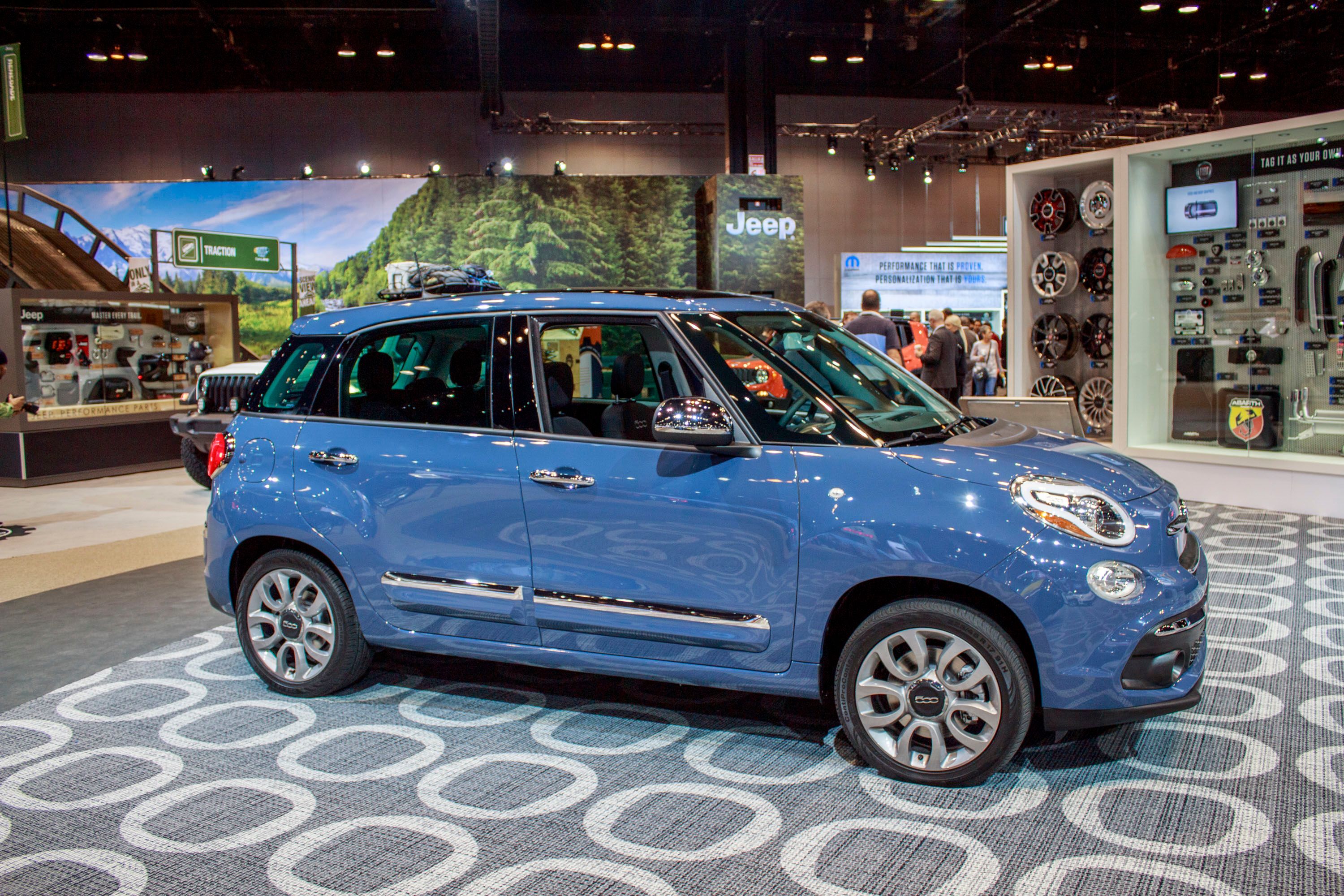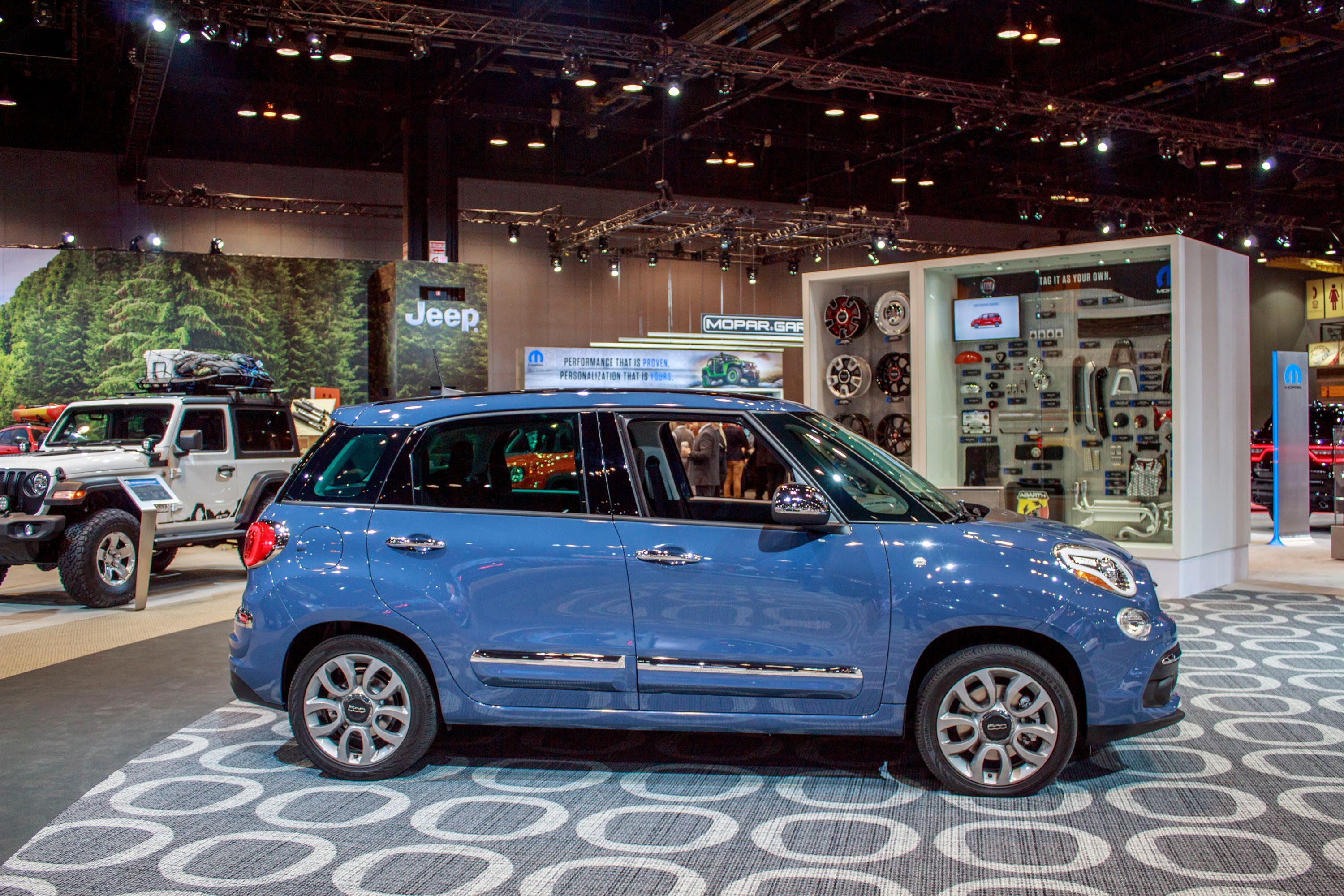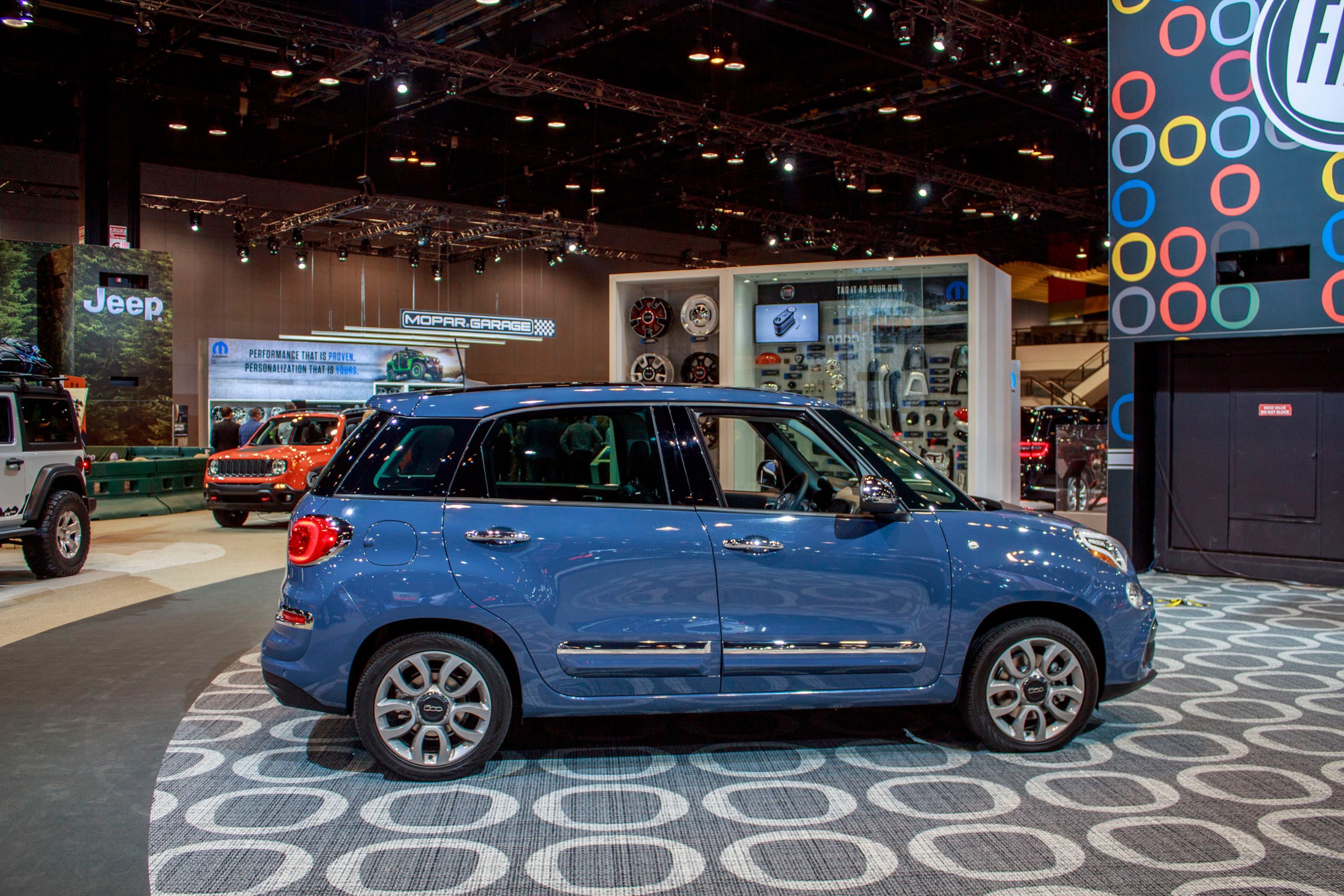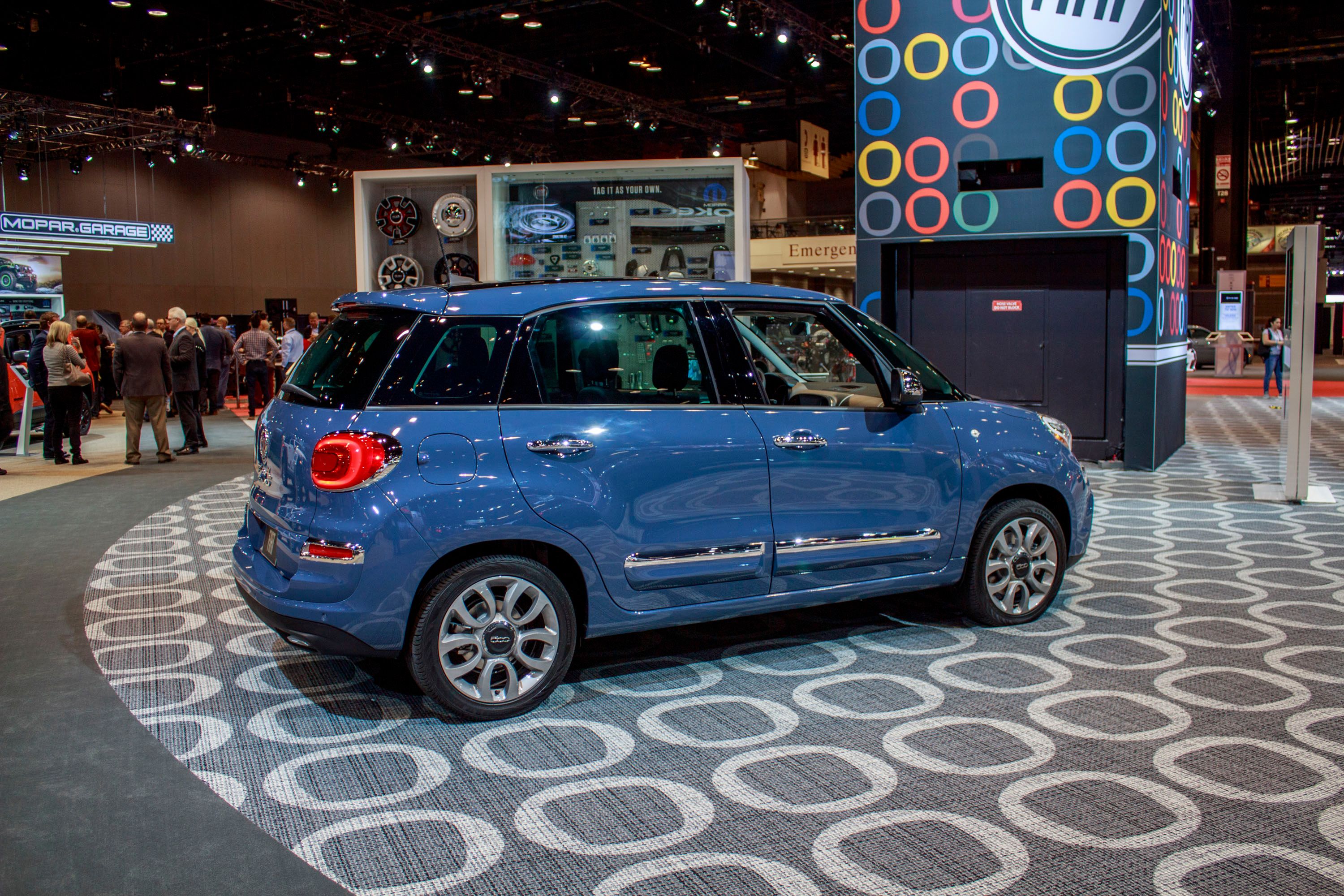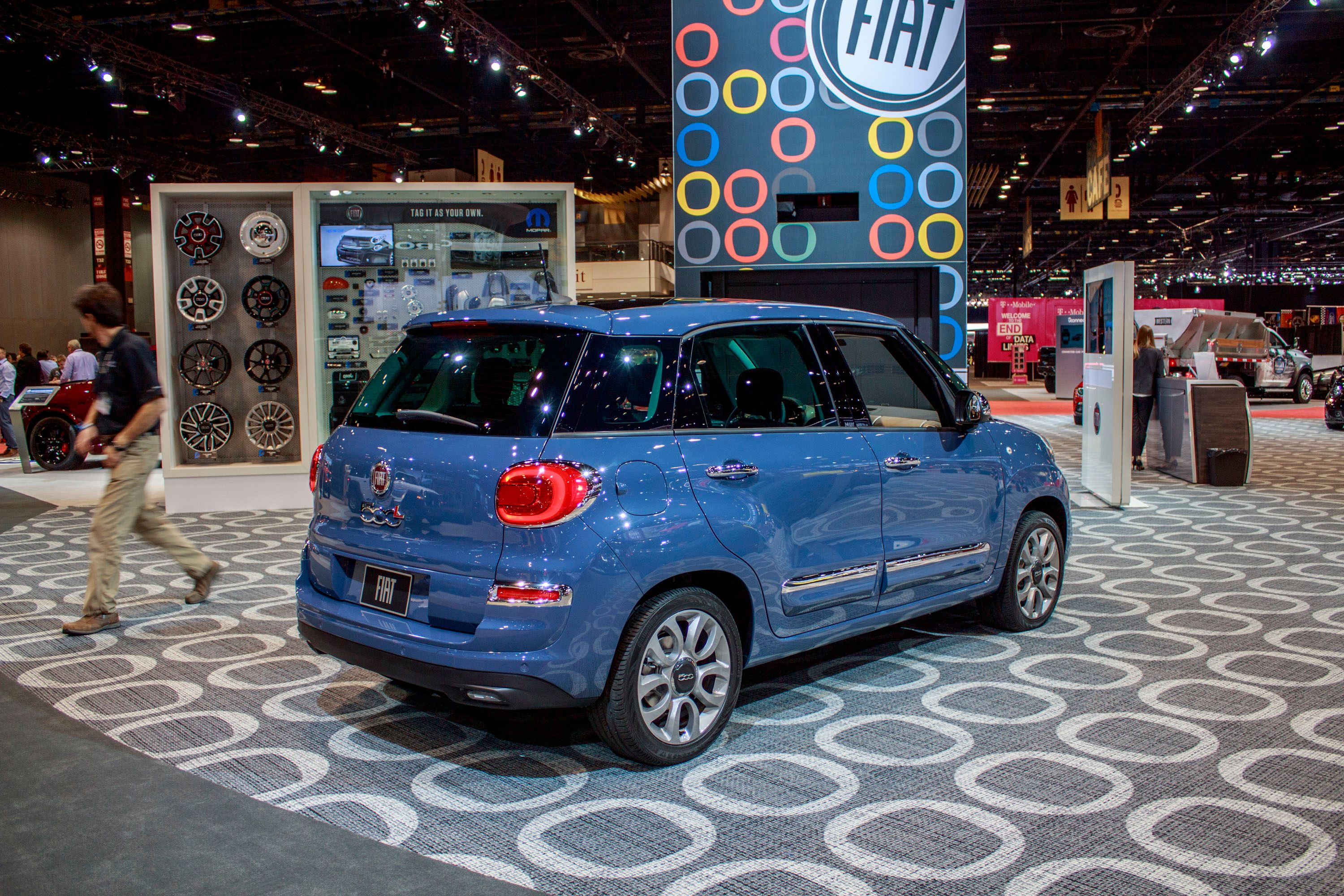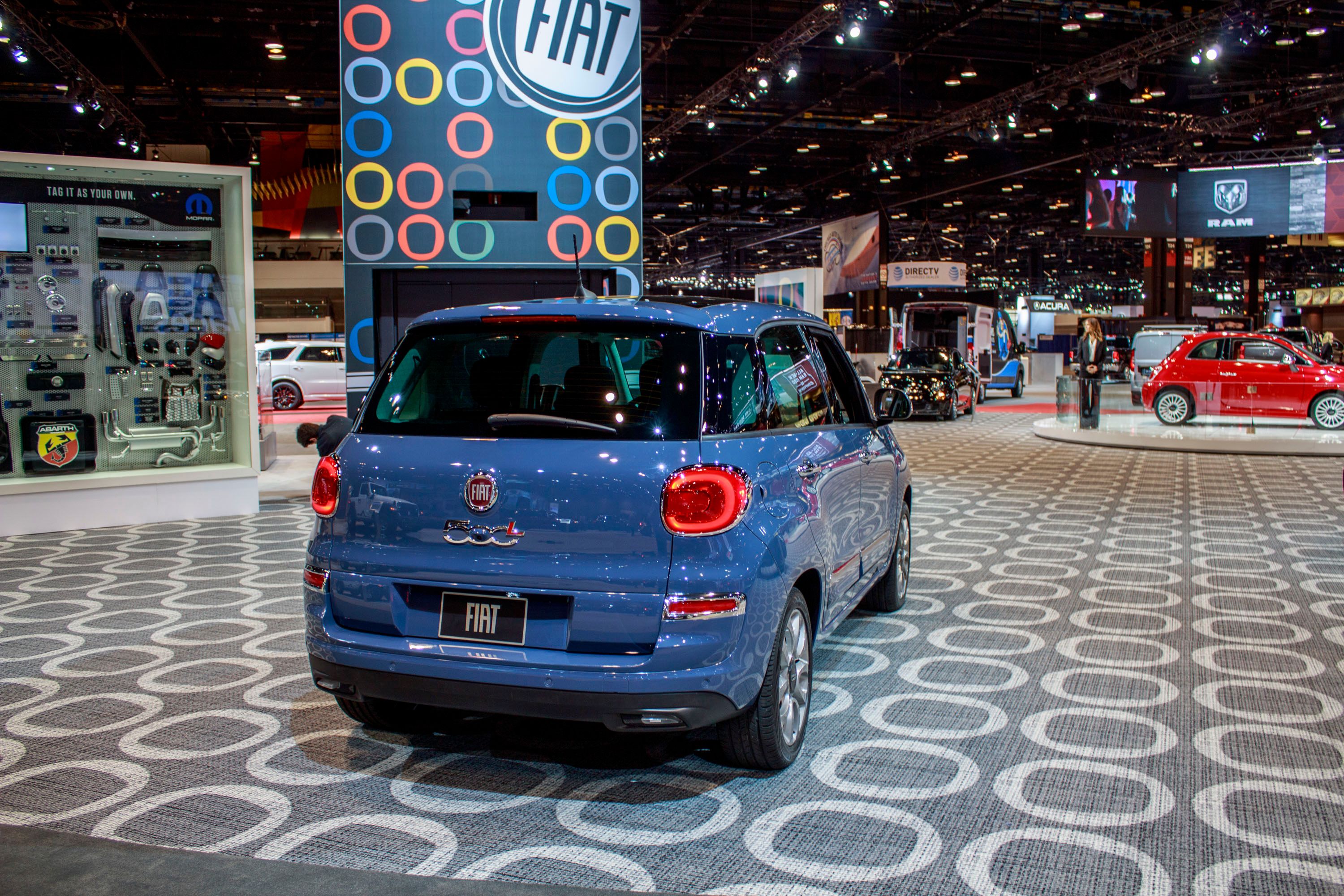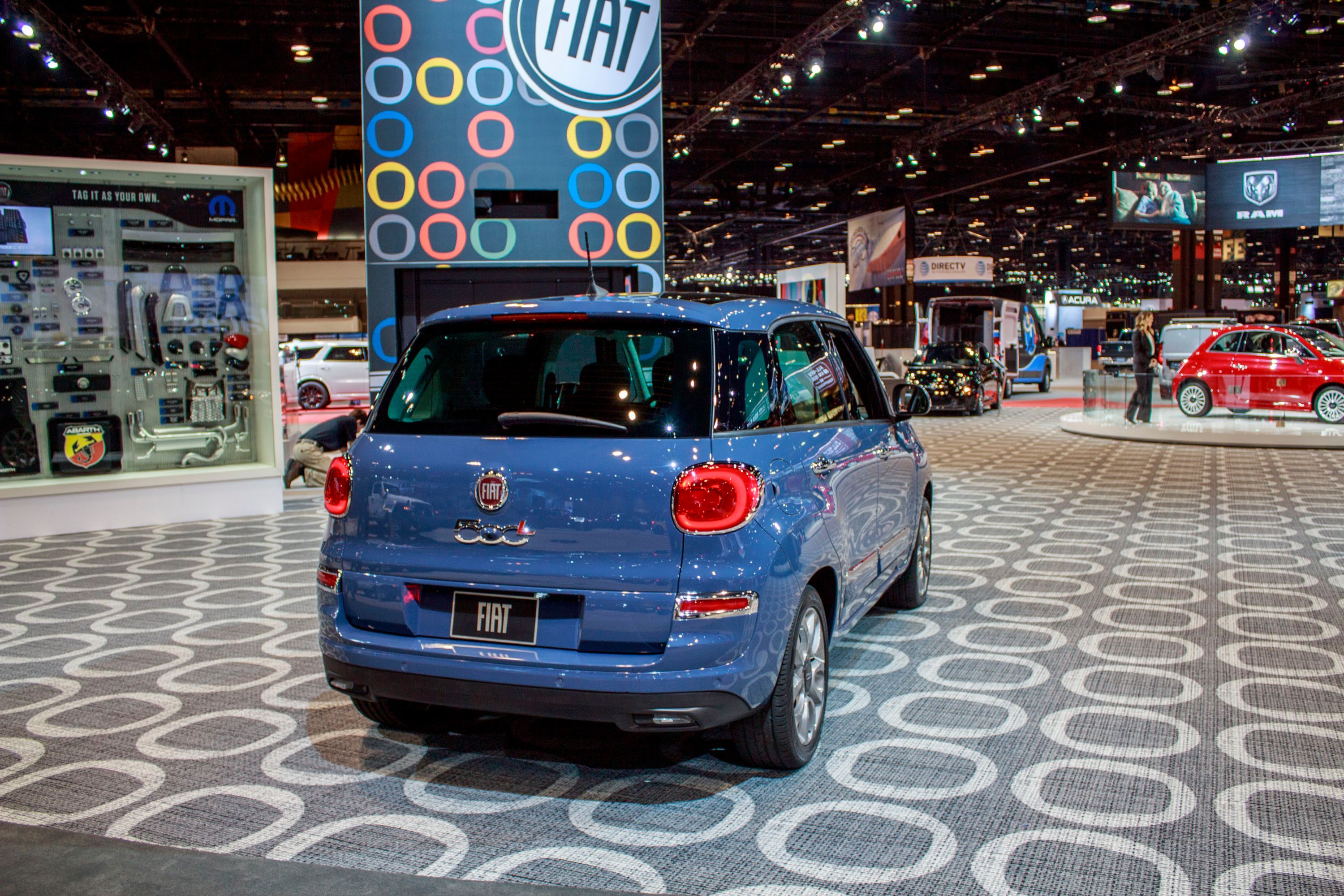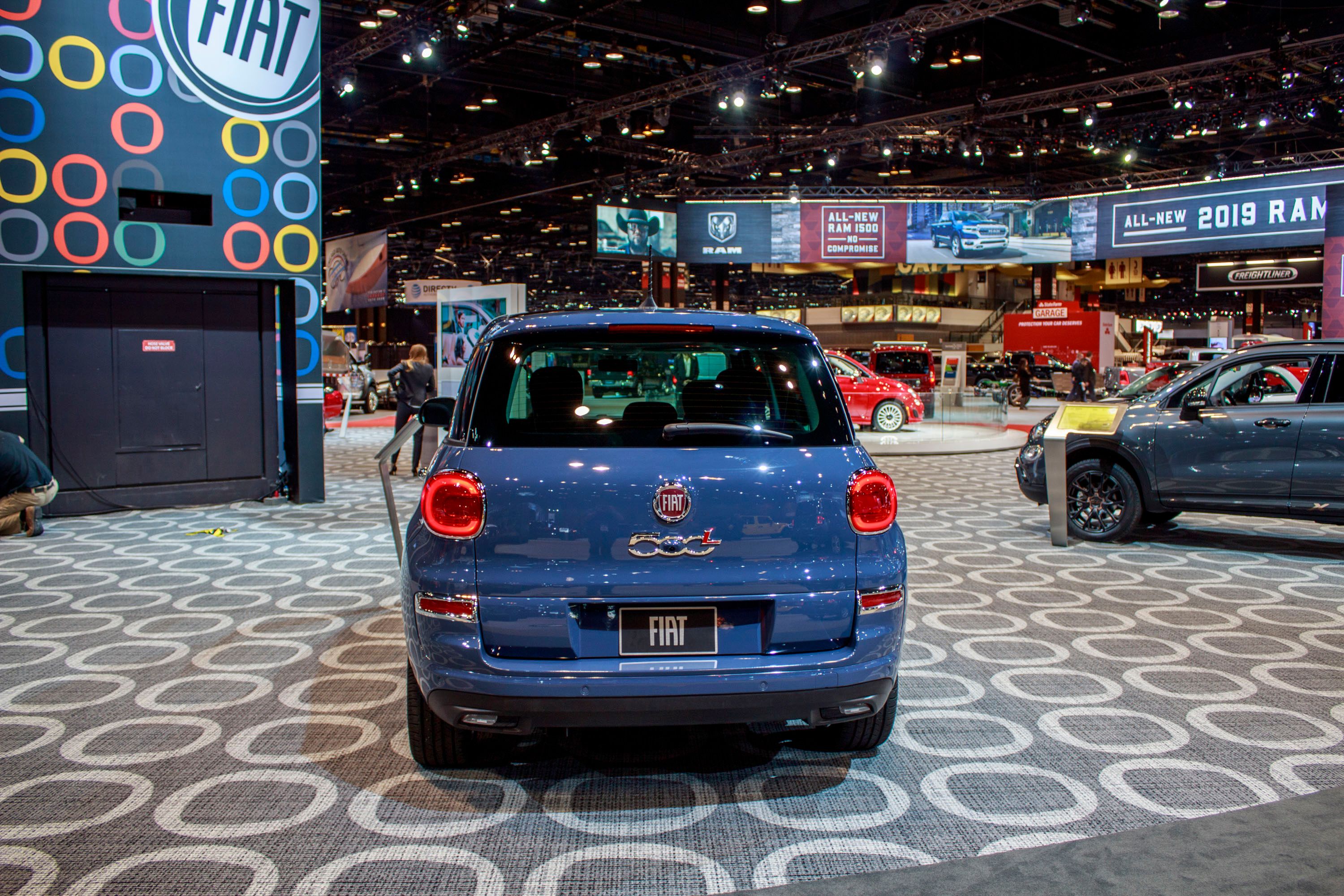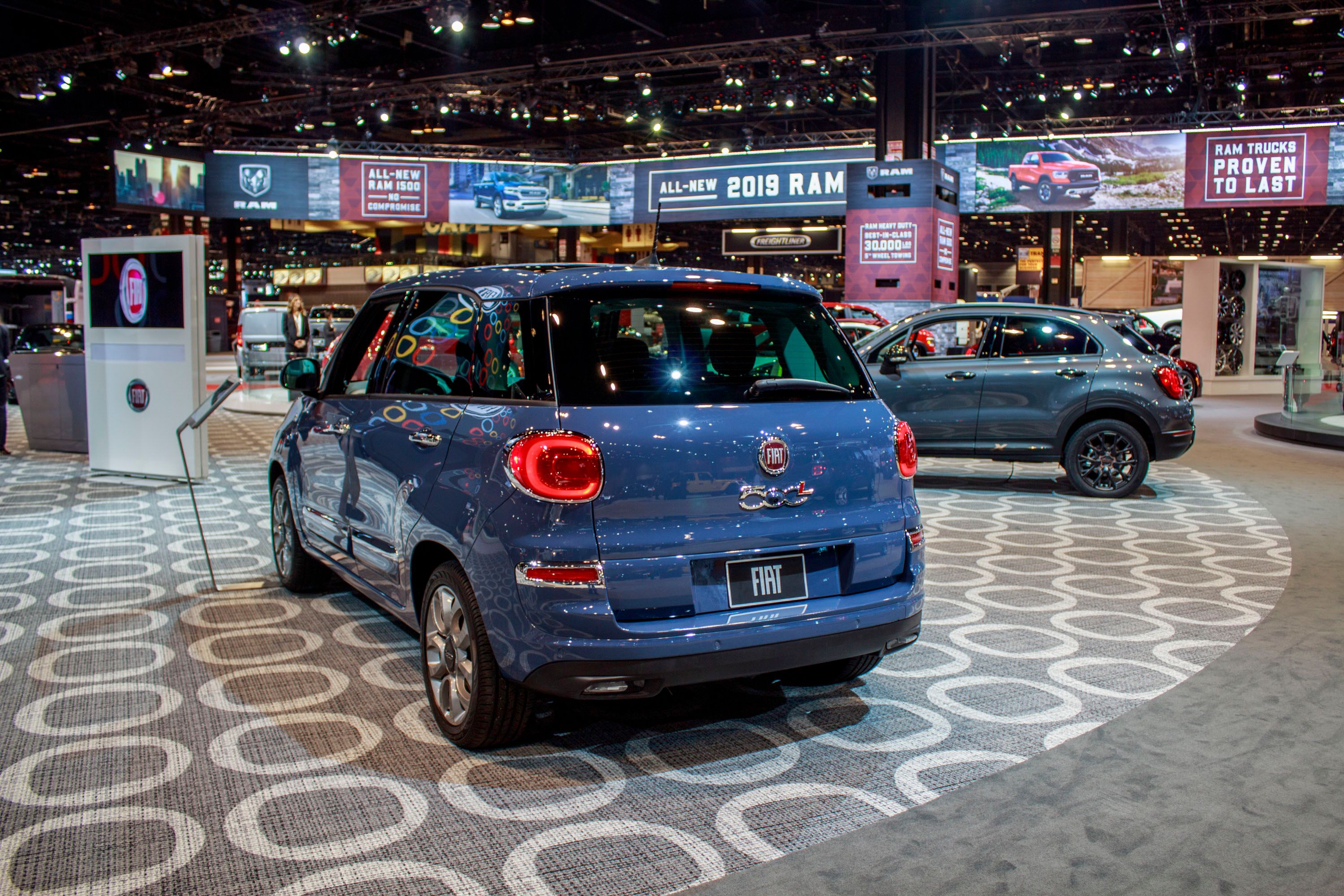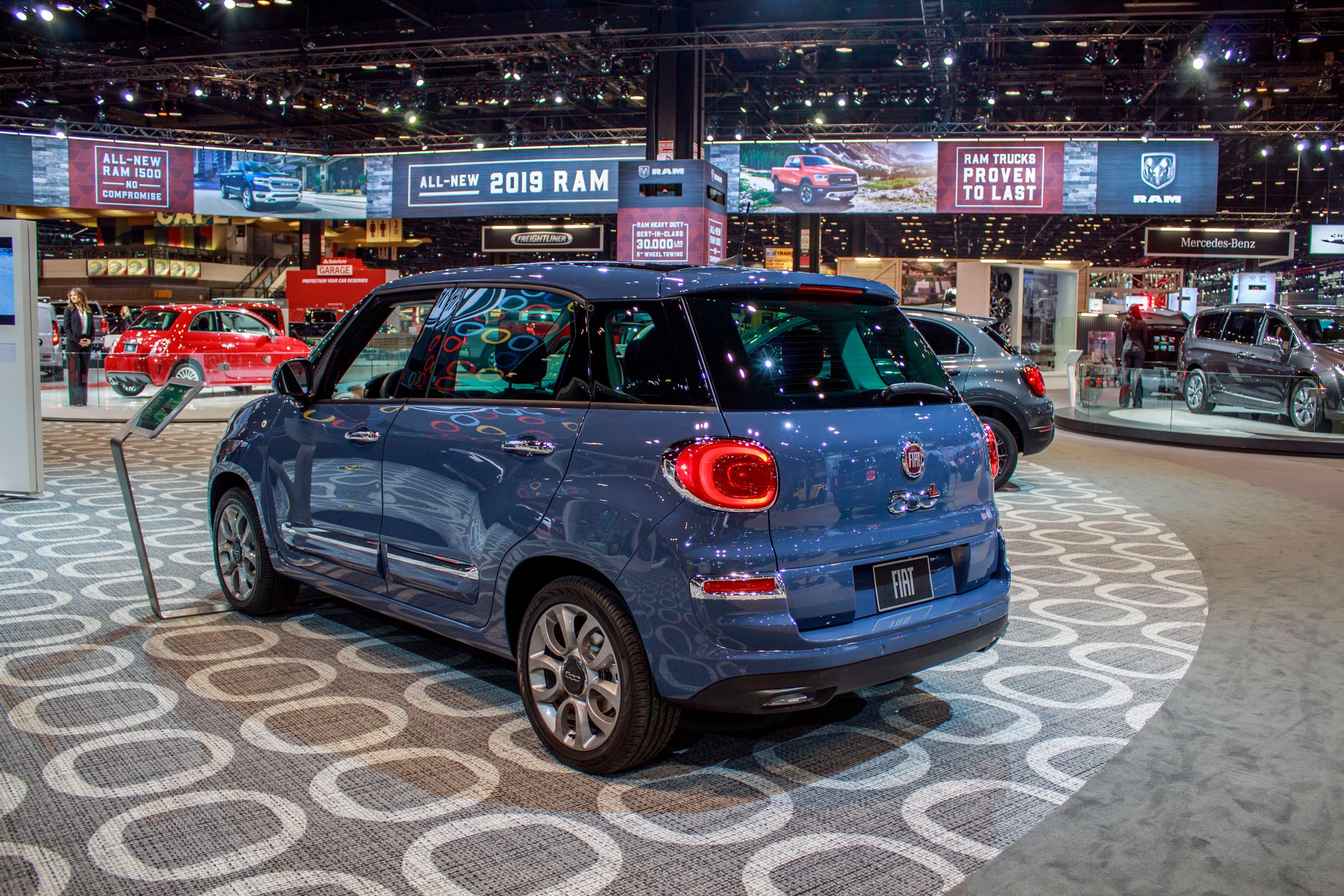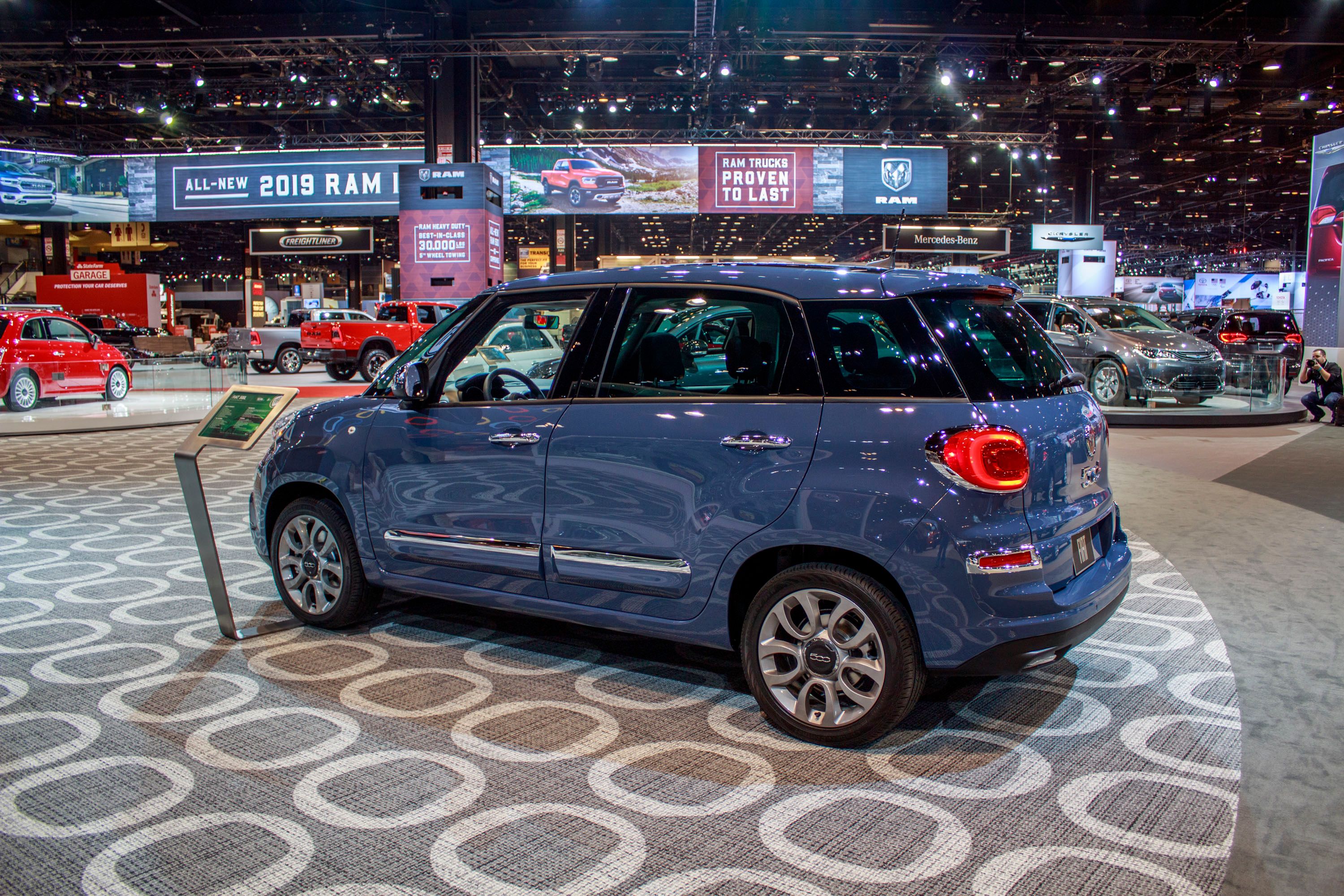Fiat reintroduced the 500 nameplate back in 2007, and since then the subcompact has spawned a number of versions, including the 500L. The company's only crossover-like vehicle until the 500X arrived, the 500L gained its first updates in 2016, after four years on the market, and another facelift for the 2018 model year.
The standard 500 is a funky little car that harkens back to the original in some aspects, while providing a modern feel that we all love. But, when it comes to the 500L, let’s just say it’s not the best looking car out there. It’s disproportionate in some areas and just odd looking in others – that’s just the nature of MPVs, though. Some might argue that Fiat really needs to ditch the MPV altogether and redesign the 500L into a full-fledged SUV, but the facelift fixes some of the old car's design problems. With that said, let’s take a good look at what changed over the last few years.
Continue reading to learn more about the Fiat 500L.
2018 Fiat 500L
- Make: Array
- Model: 2018 Fiat 500L
- [do not use] Vehicle Model: Array
Exterior
As was the case with the standard 500, the 500L got just minor refreshing on the outside, with the biggest change being a revised front fascia. To be more specific, the crossover looks a bit more like the 500X now. It still has that goofy appearance that's been keeping customers away, but it's less ugly.
The headlamps have about the same shape and size, but Fiat revised what's under the lens, again giving it a look that reminds me of the 500X. The chrome trim that flans the "Fiat" badge changed too, now looking more like the one on the 500 hatchback. Down below, the grille is a tad wider a looks a bit more stylish thanks to the horizontal chrome strip.
The bumper was redesigned completely and it's the main feature that changes how the 500L looks up front. While the previous bumper had a small grille at the bottom and a body-colored cover at the top, the new one has a more modern look with chrome inserts, a big black background, and new daytime running lights.
Onto the sides, the 500L retains the design of the previous model, including the really wide A- and C-pillar, but the roofline looks a bit different now. Fiat also changed the prominent inserts on the lower doors, making them bigger like on traditional crossovers. Of course, the 500L gained new wheels in various sizes.
Rear fascia changes are limited to just a new bumper. The red lights at the corners were replaced with chrome inserts for a more upscale look, with the former moved in the black inserts below. The exhaust pipe is no longer visible now due to the diffuser-like element being a tad bigger.
Overall, Fiat did a good job, as the 500L was integrated better in the 500 lineup.
New For 2018
The 500L received a few more revisions for 2018, when the front fascia gained new LED lights inside the headlamps and changes to the bumper. The crossover looks a tad more rugged now, as the front bumper feels more massive. Onto the sides, there's thicker wheel extensions and black trim around the door inserts. The rear bumper was yet again redesigned, this time around featuring a big black insert on the lower tailgate section. Fiat also brought the red lights back at the corners, but with new trim. The license plate recess sits higher than before and its narrower. The diffuser-like element is also a bit more aggressive, but it depends on which trim level and options you go for. There are quite a few fancy wheel options to choose from, but the overall design is a bit more customizable now. You can also pick from a wide range of accessories from Mopar.
Interior
There's nothing much to talk about inside the cabin, as the model year brings nothing new. Thankfully, the 500L remains the 500's bigger cousin, so you benefit from 42-percent more interior space than in the hatchback. It also gets numerous personalization options and even a few premium materials if you're willing spend an extra buck.
Infotainment options remains the same, meaning you can either go with the standard five-inch display of the Uconnect 5.0 system or go with the largers 6.5-inch screen that comes with the Uconnect 6.5 unit. Highlights include hands-free calling via Bluetooth, voice-command control, SiriusXM Radio, a USB media port and optional navigation system. The 6.5-inch unit adds satellite radio and navigation with intuitive map graphics.
The standard feature package remains unchanged and includes air conditioning, power lock and windows, cruise control, six-speaker audio, six-way adjustable cloth seats, tilt and telescoping steering column, and a multi-position cargo area trunk panel.
New for 2018
The 2018-model-year update is somewhat extensive inside the cabin too. While the dashboard layout remained unchanged, there are noticeable changes, starting with the revised glove box lid which now features a "500" logo. The center stack is taller, in part due to the bigger infotainment screen, while its black surround is a separate element and no longer makes a single unit with the dash hood.
The infotainment system was updated to FCA's new Uconnect 4 unit and it's standard on all trim levels. The new screen also makes for a cleaner center stack, as many controls were moved into the digital zone. The command unit below seems identical to the old model, but there are extra controls just above the center console. The latter was redesigned too and includes extra storage space and a shifter that sits lower in the console.
The instrument cluster gained a big update. The dials on the sides are larger, while the small gauges in the middle were replaced by a larger one, a feature like inspired by the Mini Cooper. The center dial also include a digital screen, which is larger than the old model. The steering wheel is also new. It looks decidedly more modern and features upgraded controls on the side spokes, as well as a round center.
Other new features include Android Auto and Apple CarPlay, ParkView rear backup camera as standard, and additional USB port, and LED interior ambient lighting. As before, the Fiat 500L offers best-in-class cargo capacity with more than 50 seating and storage configurations.
|
Head room front/rear (Inches) |
40.7/38.7 |
|
Hip room front/rear (Inches) |
54.9/49.4 |
|
Leg room front/rear (Inches) |
40/36.7 |
|
Shoulder front/rear (Inches) |
57.3/54.6 |
|
Passenger Interior Volume (Cu ft) |
98.8 |
|
Seat Cushion Height from Ground (Inches) |
27.9 |
|
Seat Cushion to Rocker Panel (Inches) |
9.6 |
Drivetrain
If you’re hoping to see any drivetrain upgrades as part of this refresh, you’ll find yourself as let down as a fat kid without cake on his birthday. Fiat carried over the same 1.4-liter, MultiAir four-cylinder that delivers a mundane 160 horsepower and 184 pound-feet of torque. The engine is available in all five trim levels, but the trim level will determine which transmission comes standard and what other options you might have.
Of the five trim levels (Pop, Easy, Trekking, Urbana, and Lounge) the first four come standard with a six-speed manual transmission. Easy, Trekking, and Urbana trims can be optioned with the Aisin, six-speed automatic – the only transmission available for Lounge models. The entry-level Pop trim level can be optioned with a six-speed, Euro, Twin-Clutch transmission – something that can’t be had on any other trim level. All models achieve an EPA rating of 25 mpg in the city and 33 mpg on the highway with the exception of the Lounge trim level that gets 22 mpg in the city and 30 mpg on the highway.
On the suspension front, the 500L uses Koni MacPherson struts in the front to go with equivalent shocks in the rear. According to Fiat, this system on the current model makes the 500L the most nimble in its class and has the tightest turning diameter.
In Europe, the 500L can be had with more engine options, starting with a 0.9-liter two-cylinder unit. There's a gasoline version with 104 horsepower and gas/CNG variant with 79 horses. The Italian crossover is also available with two diesel options. A 1.3-liter four-cylinder delivers 84 horsepower and 148 pound-feet, while a 1.6-liter four-banger cranks out 120 horses and 236 pound-feet of twist.
New for 2018
Fiat didn't have much to say about the drivetrain so it's safe to assume that it remains unchanged with the update. The Italian firm did say that the U.S. model continues with the same 1.4-liter Turbo MultiAir unit rated at 160 horses and 184 pound-feet of torque. The only notable change is that the six-speed manual transmission was dropped for the U.S. market, with the Aisin six-speed automatic being the only gearbox for all trim levels. All models come with a 13.2-gallon tank and return up to 22 mpg in the city and up to 30 mpg on the highway.
Pricing
Pricing for the 2016 500L starts from $19,495, for which you get the Pop trim. Upgrade to the Easy model and the sticker jumps to $20,795. Next up is Trekking at $21,880, while the Urbana version retails from $23,480. Finally, the Lounge model fetches $24,795 before options.
2018 Pricing
For 2018, Fiat dropped the Easy and Urbana trims, so there are three models to choose from. The range begins with the familiar Pop model, which starts from $20,995. The Trekking version, which adds body-colored fascias, 17-inch wheels, ParkView backup camera, leather seats, and a BeatsAudio premium sound system, retails from $23,325. Finally, the Lounge model adds unique wheels, heated front seats with power lumbar adjustment, and a ParkSense rear parking assist system for an extra $560, taking the price up to $23,895 before options.
Competition
Mini Countryman
The Countryman is a relatively new model, having been introduced just back in 2010. It was updated again in 2014, which also brought about a model that included all-wheel drive. Mini likes to keep things fresh, though, so it was no surprise when it introduced the second-gen model for the 2017 model year. The most notable changes included new exterior styling, a revised interior with modern features and technology, and even more room, as the Countryman grew a bit compared to the outgoing model. The Countryman is offer with one of four different engines. At the bottom end of the spectrum, there’s a 1.5-liter with 134 horsepower and 162 pound-feet. Then there’s a 2.0-liter four-banger with 189 horsepower and 207 pound-feet. There are also two diesel models; the base 2.0-liter diesel offers 148 ponies and 243 pounds of twist while a range-topping diesel model offers up 221 horsepower and 284 pound-feet of torque. The Mini Countryman starts out at $27,400 ( and climbs to as much as $31,900 for the range-topping Cooper S All4. It's obviously more expensive than the 500L, but it also comes with more premium features and more powerful engines. Unlike Fiat, Mini also offers a hybrid model and a high-performance JCW version.
Read our full review of the 2017 Mini Countryman.
Kia Soul
The Kia Soul is currently in its second generation, which kicked off for the 2014 model year. Much like the 500L, the Soul has a rather funky and unique design, but it's boxier than its Italian rival. Under the hood, you’ll find either a 1.6-liter with 130 horsepower and 118 pound-feet of torque or a 2.0-liter with 161 ponies and 150 pound-feet on tap. A six-speed manual is standard on the 1.6-liter but an automatic is optional. If you go with the 2.0-liter, you’re stuck with the six-speed automatic. There’s also a turbocharged version of the 1.6-liter available that gives you 201 horsepower and 195 pound-feet of torque, routed through a seven-speed dual-clutch transmission. The Soul is a much more affordable choice compared to the Countryman, retailing from $16,490. Prices go up to $22,990 for the range-topping "!" model.
Read our full story of the 2017 Kia Soul.
Conclusion
At this point, Fiat is really reaching hard if it thinks the minor updates will do much of anything for the 500L. The MPV look in itself is outdated and far from pretty. Fiat would have been much better off waiting another year or two and redesigning the 500L into a proper SUV or crossover instead of updated such a dated-looking model. But, if the past is any indication, the 500L will probably carry on well into the next decade without anything but some minor technology and safety updates here and there. Considering Fiat is owned by FCA, I was really hoping to see the brand evolve more than it has over the past few years. But, then again, FCA hasn’t exactly been that impressive with all of its models either. At the end of the day, the 500L will serve its purpose as far has hauling a family or cargo, and it will do it at a decent price. It won’t exactly look good doing it, but you don’t really buy a Fiat for its looks anyway – it’s more about heritage than anything.
Read our full review on the 2018 Fiat 500.
Read our full review on the 2018 Fiat 500X.
Read more Fiat news.

